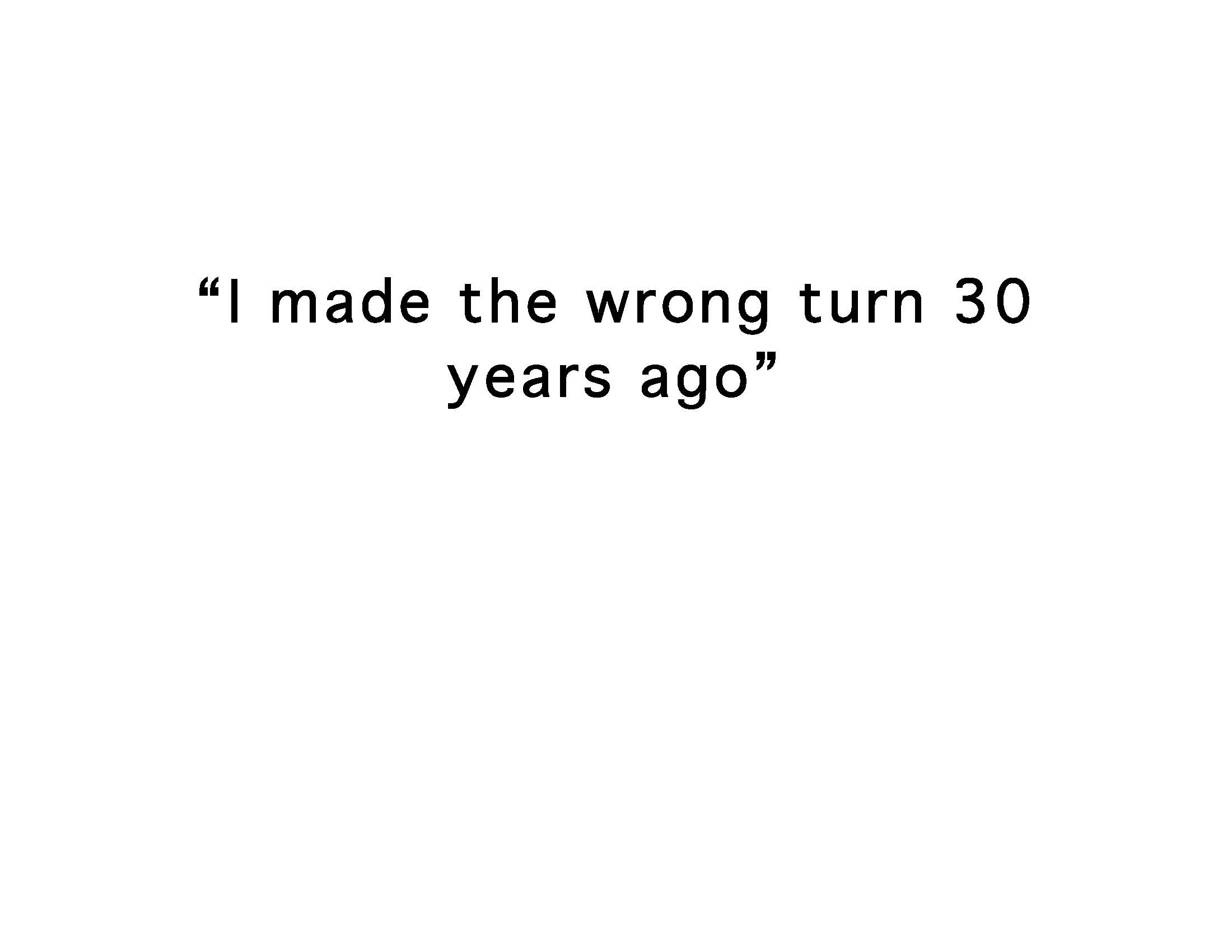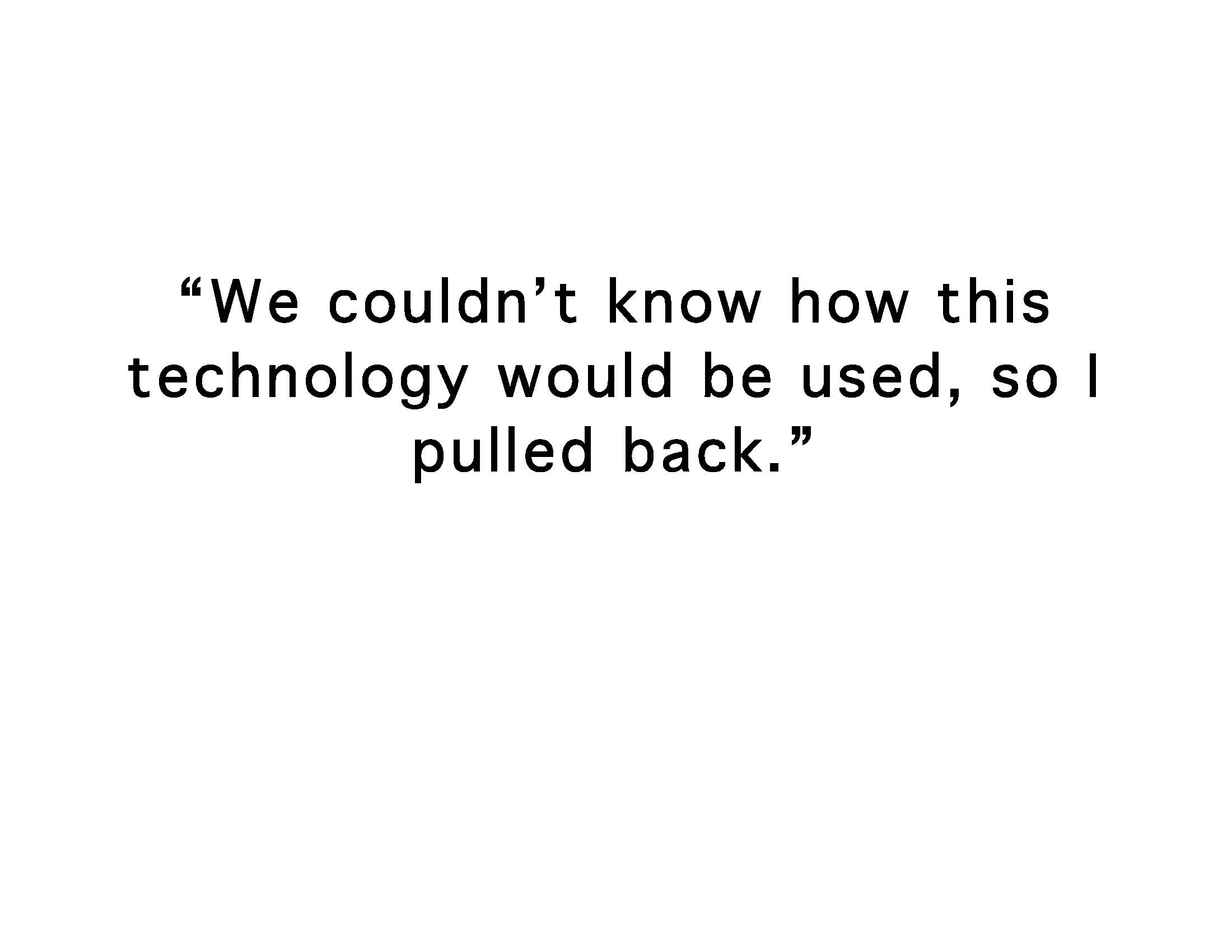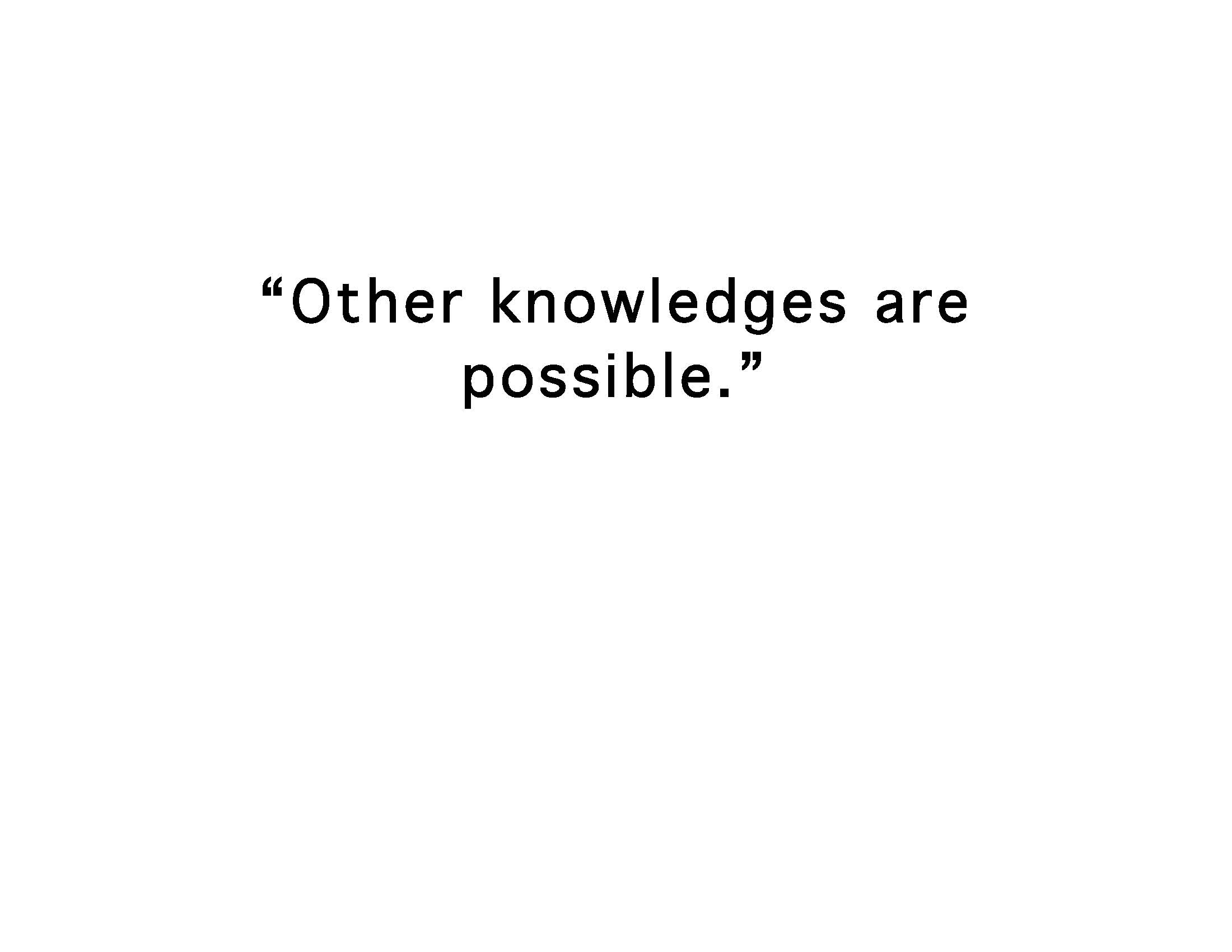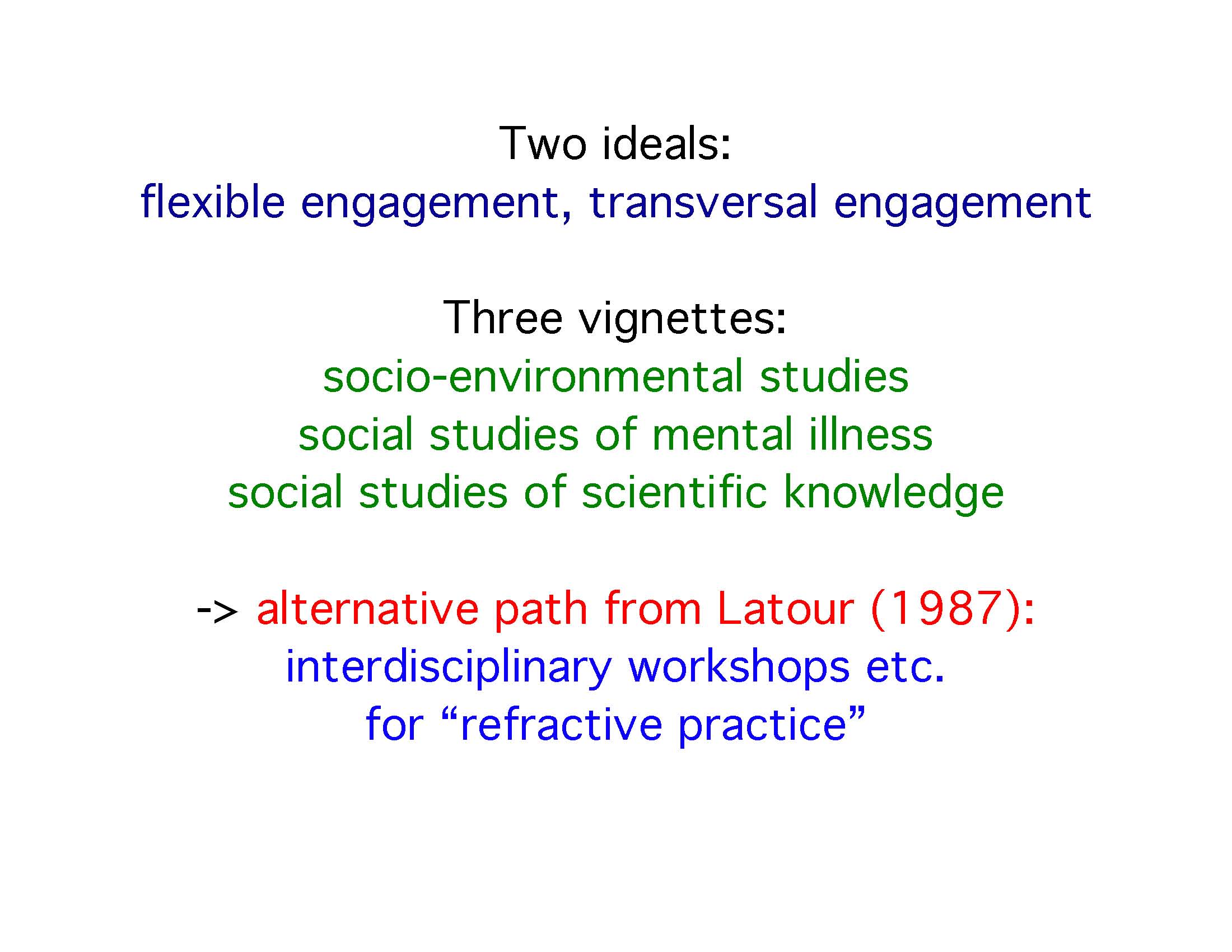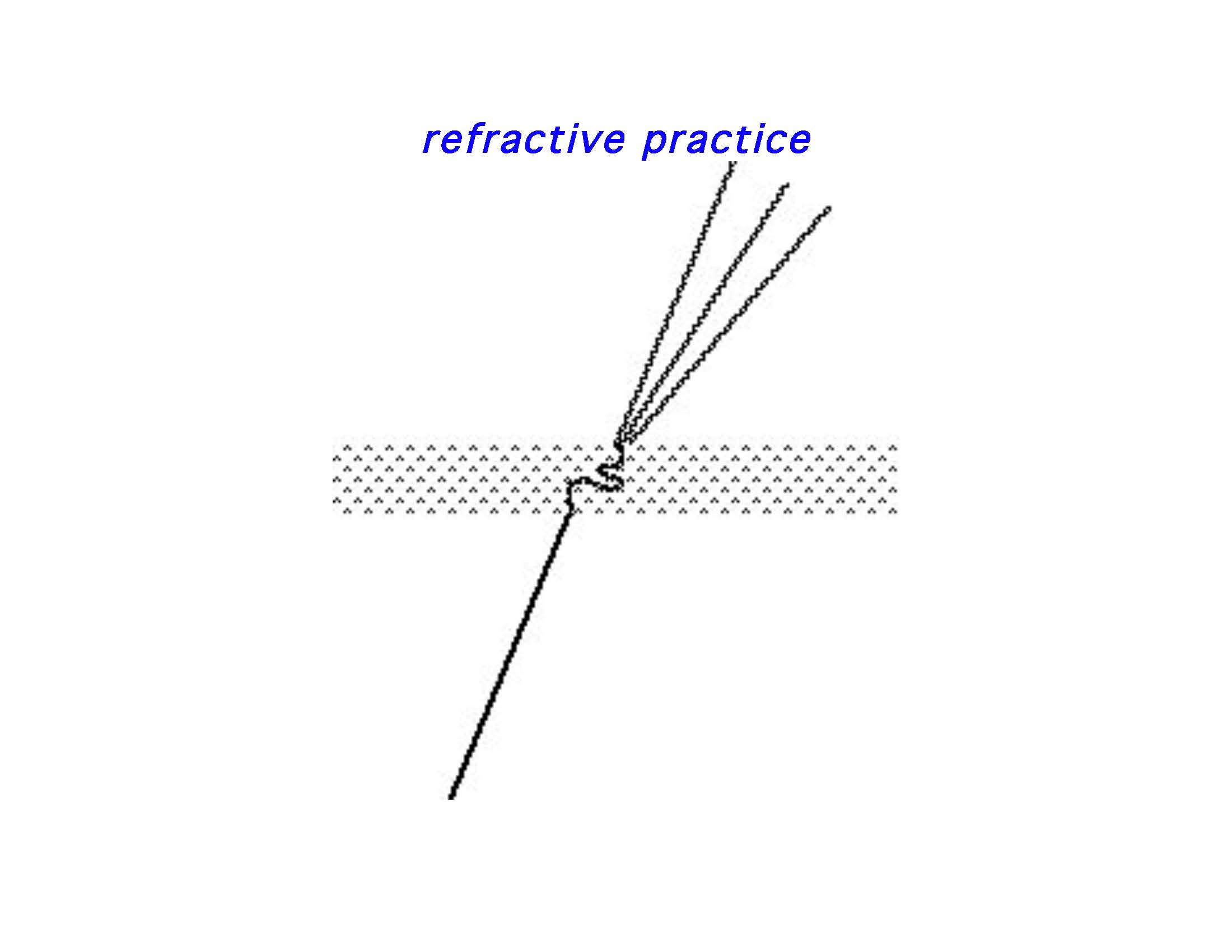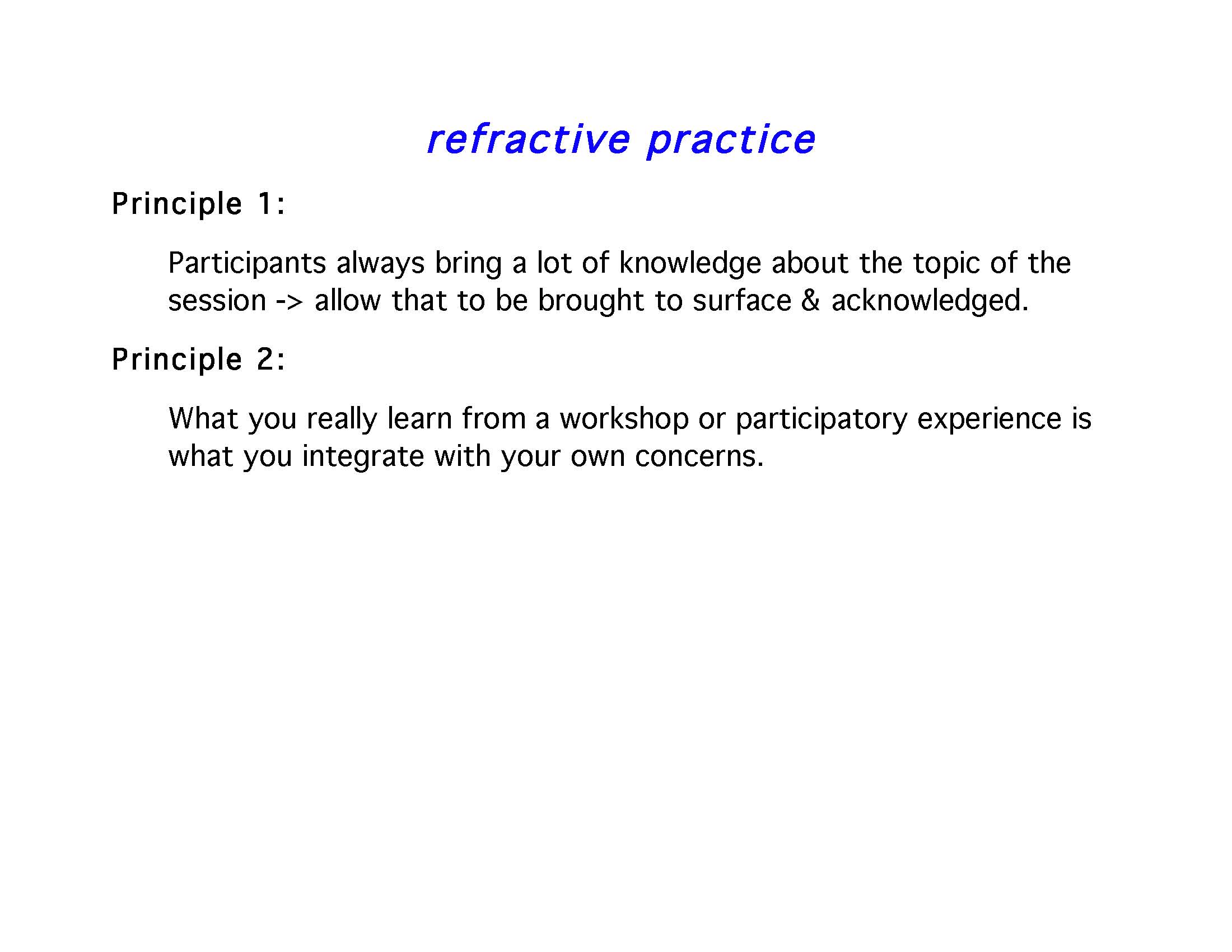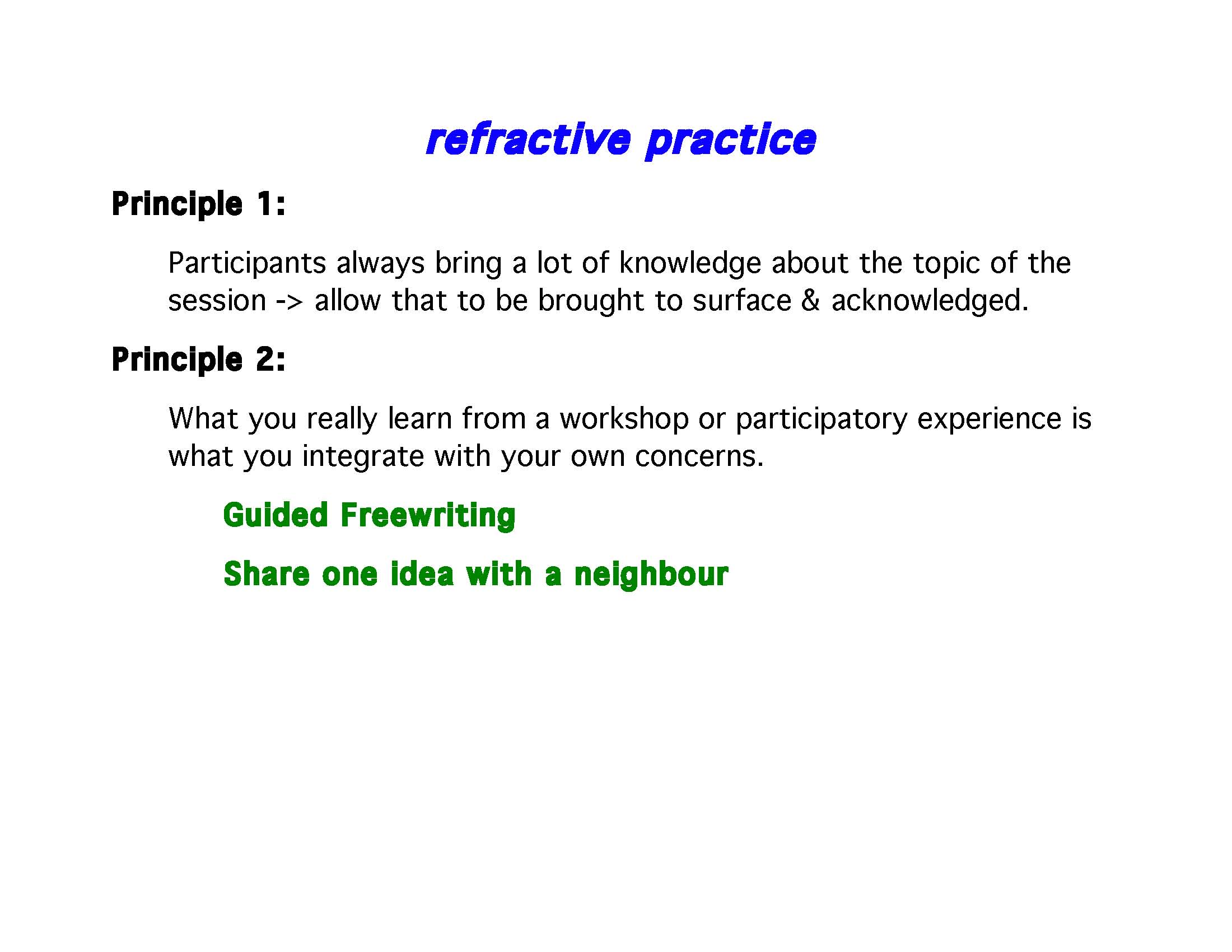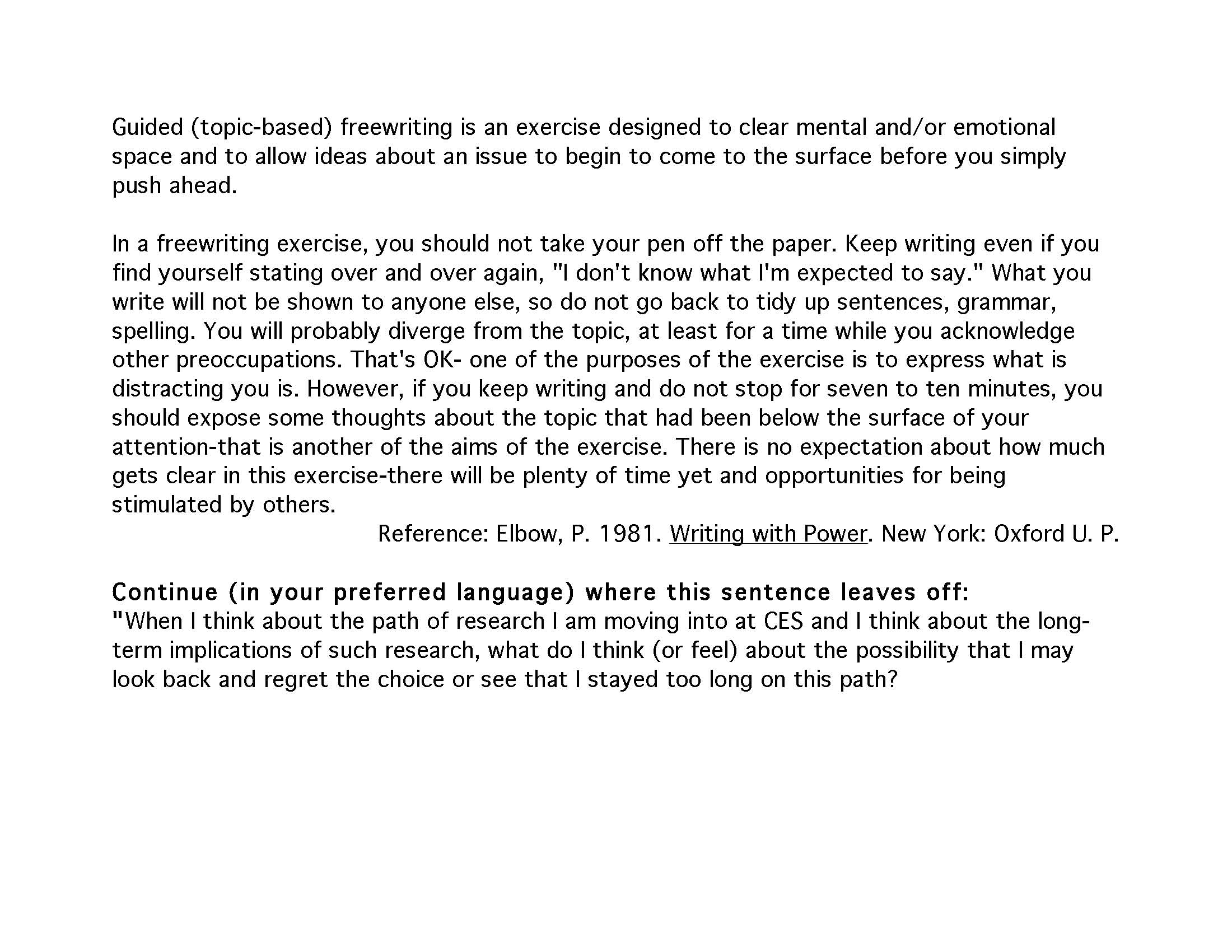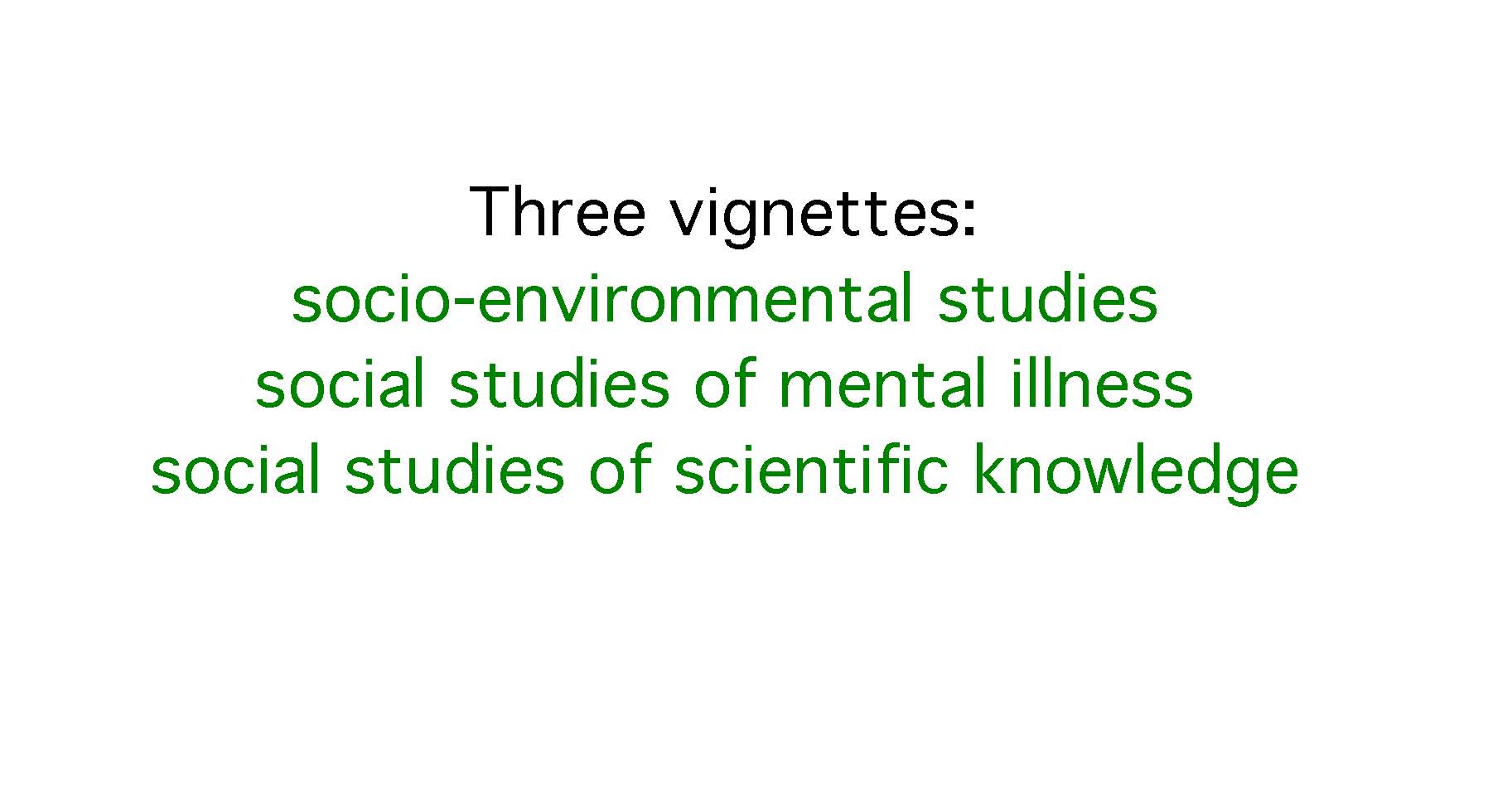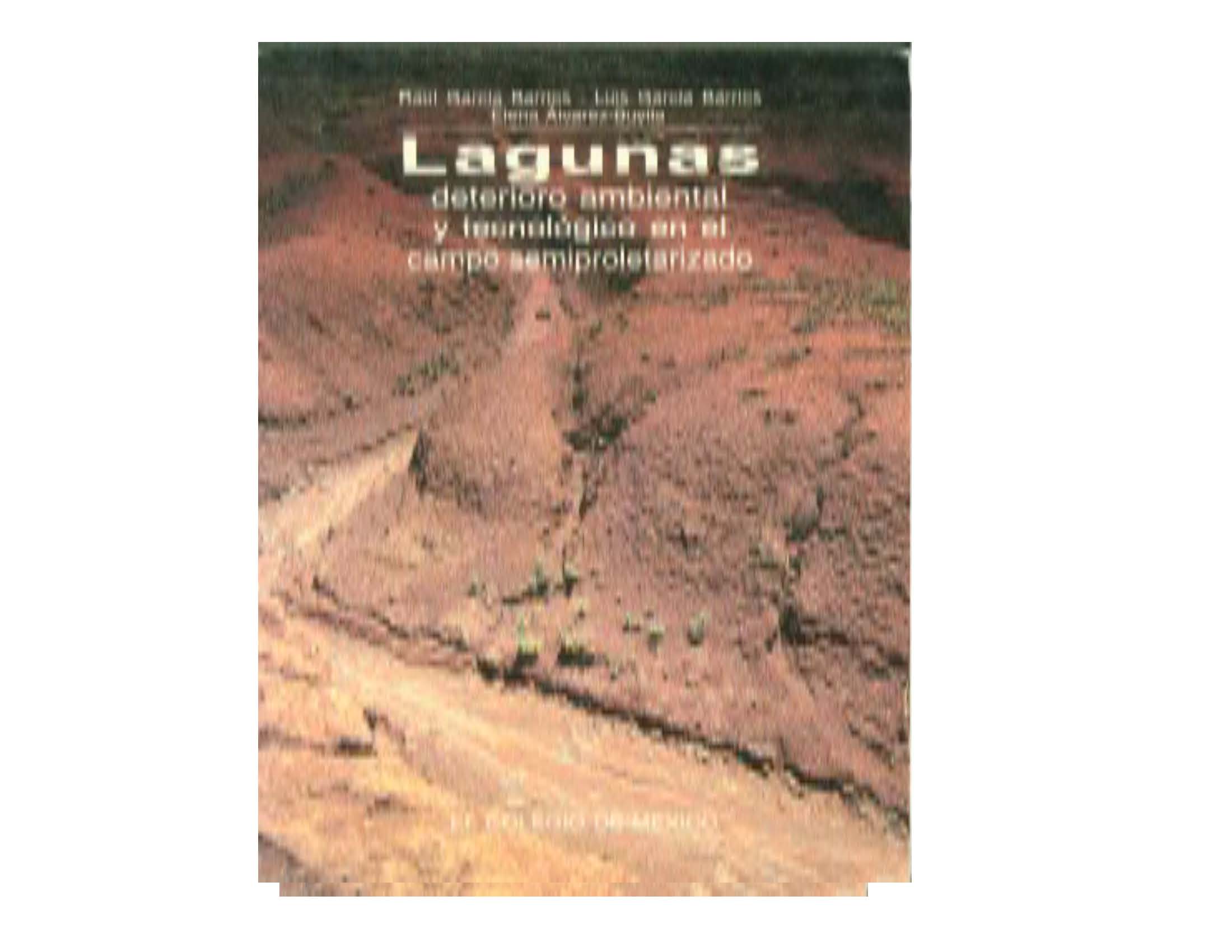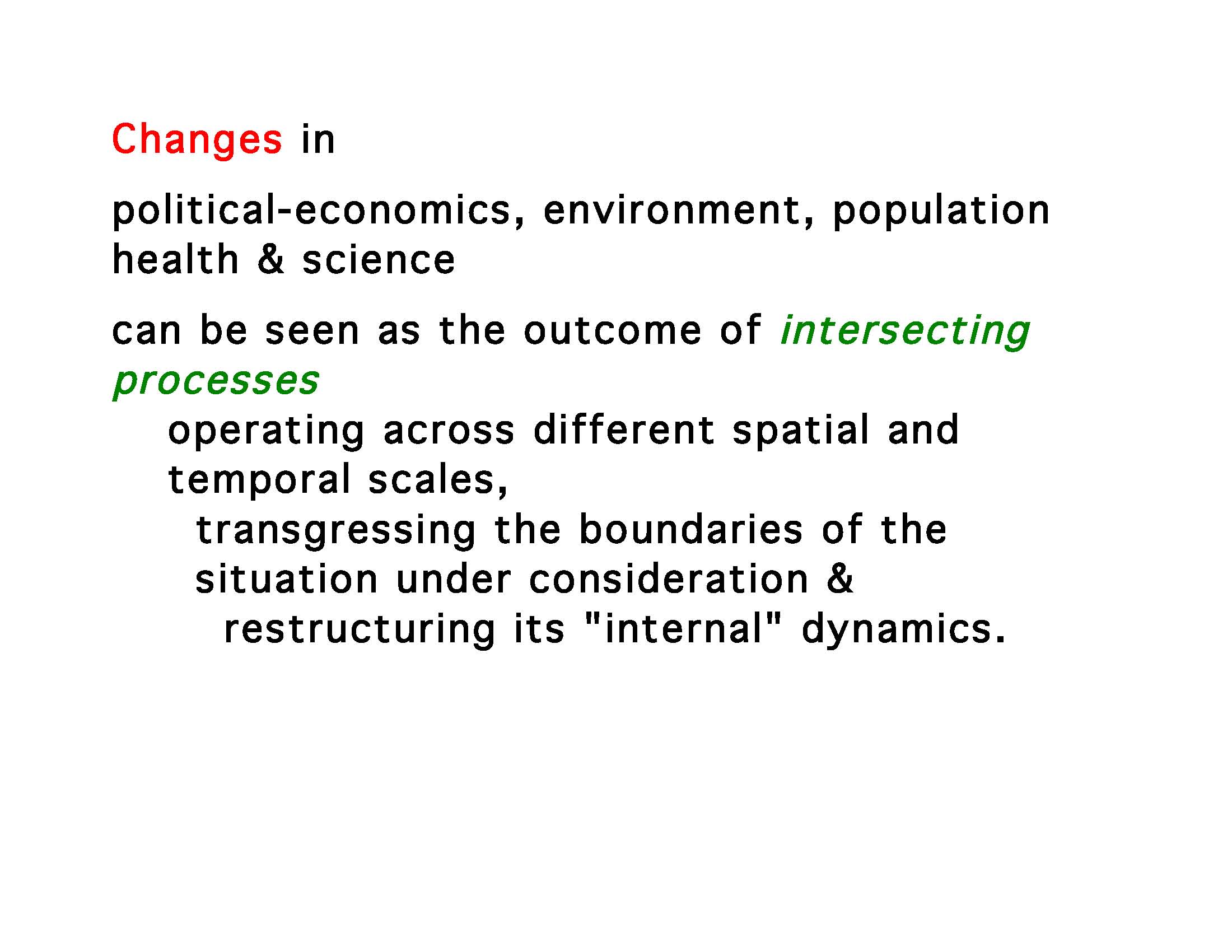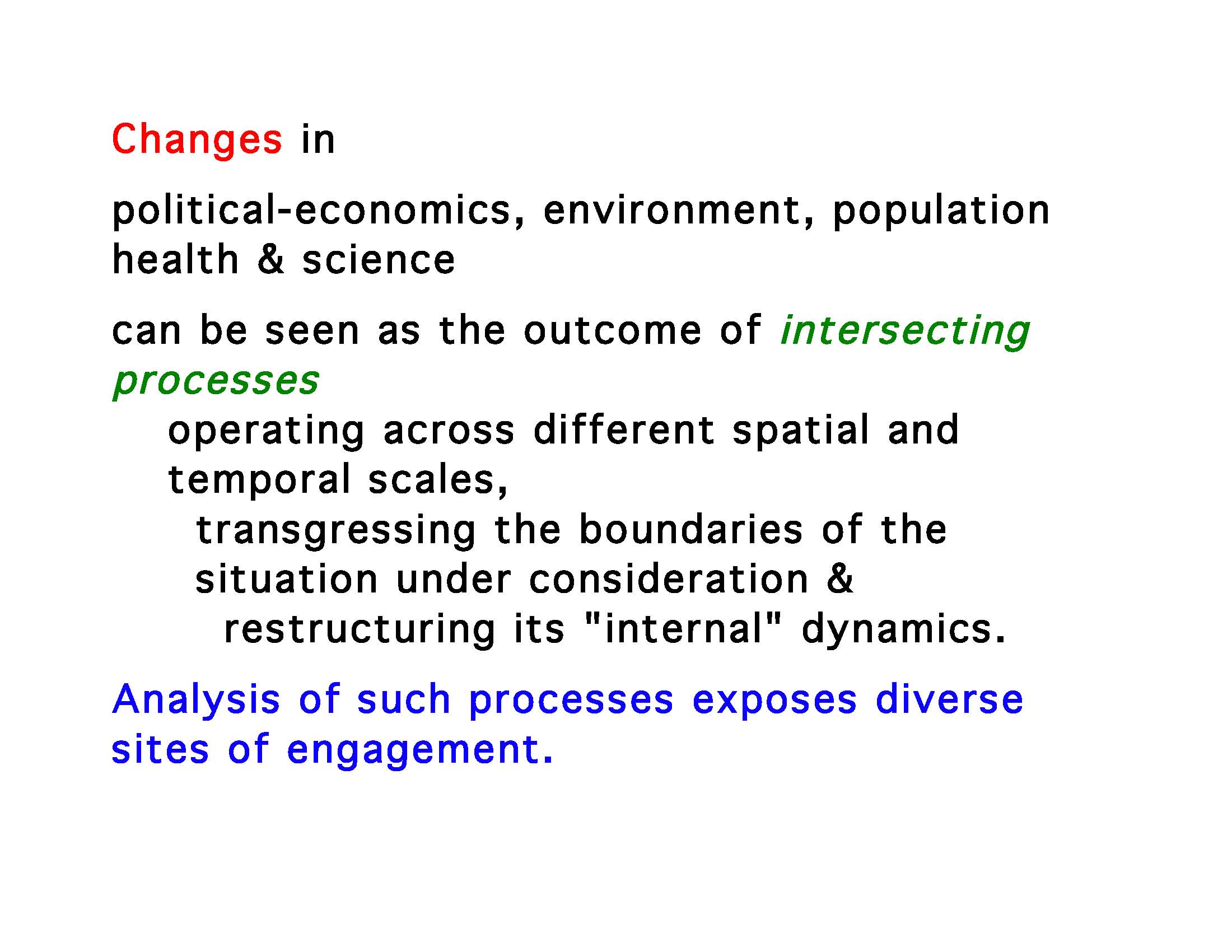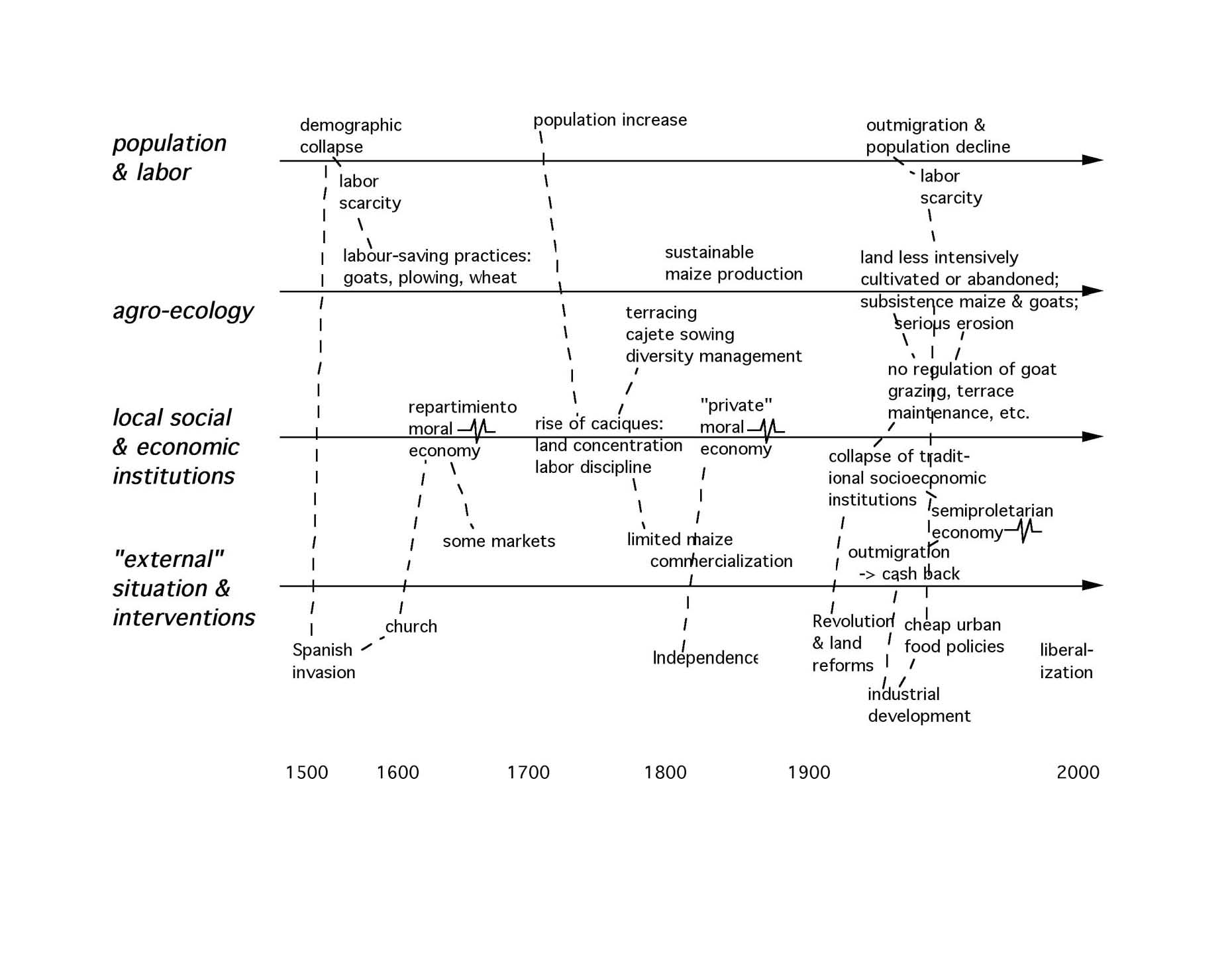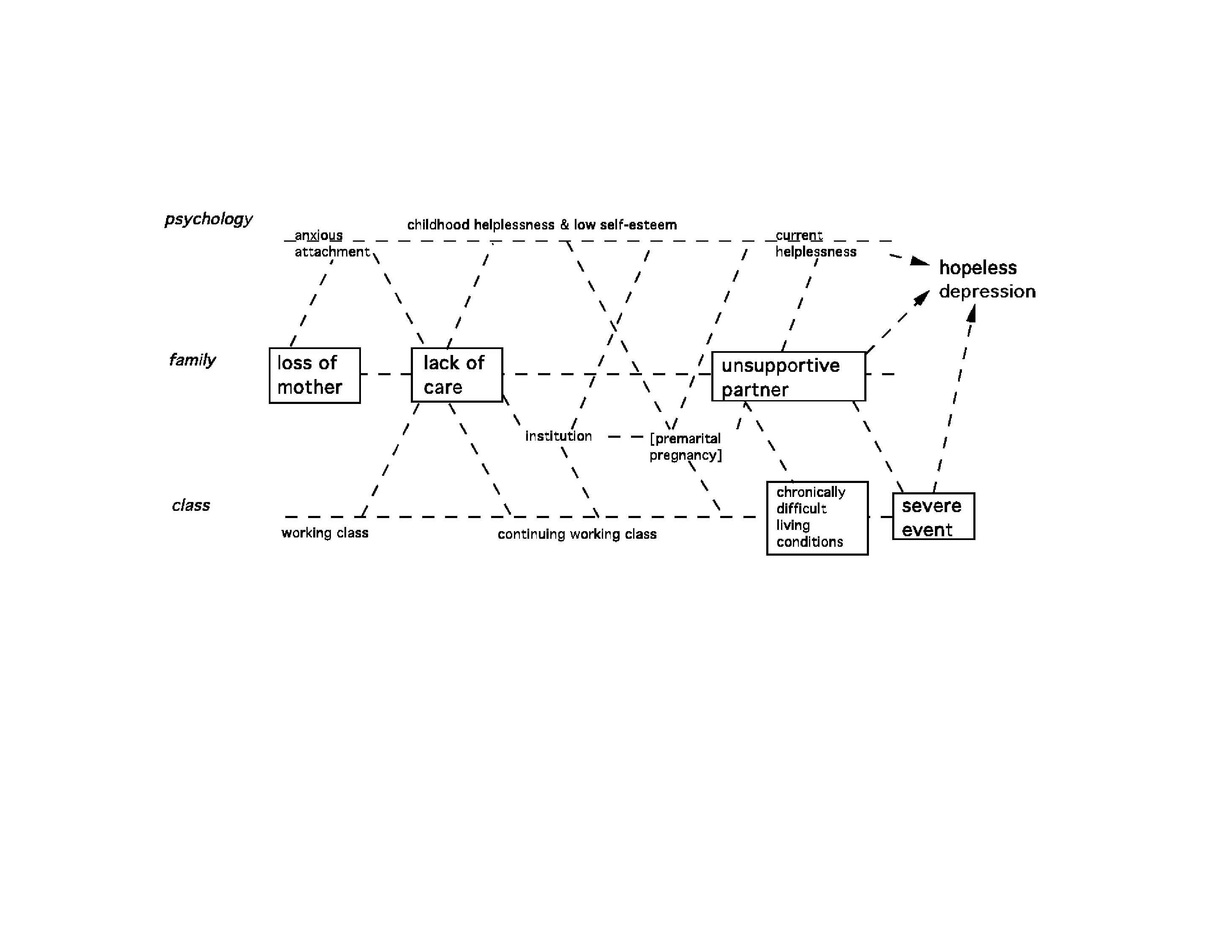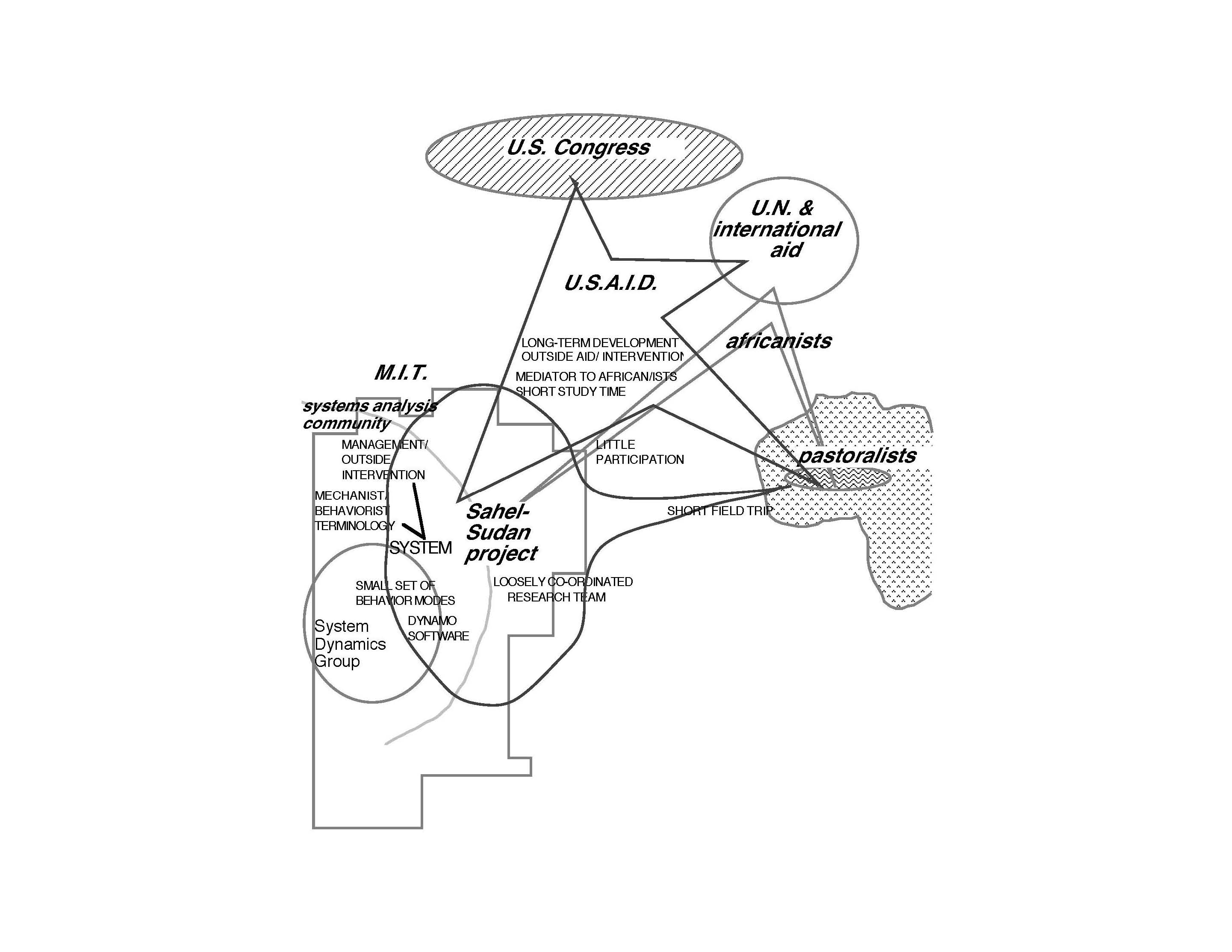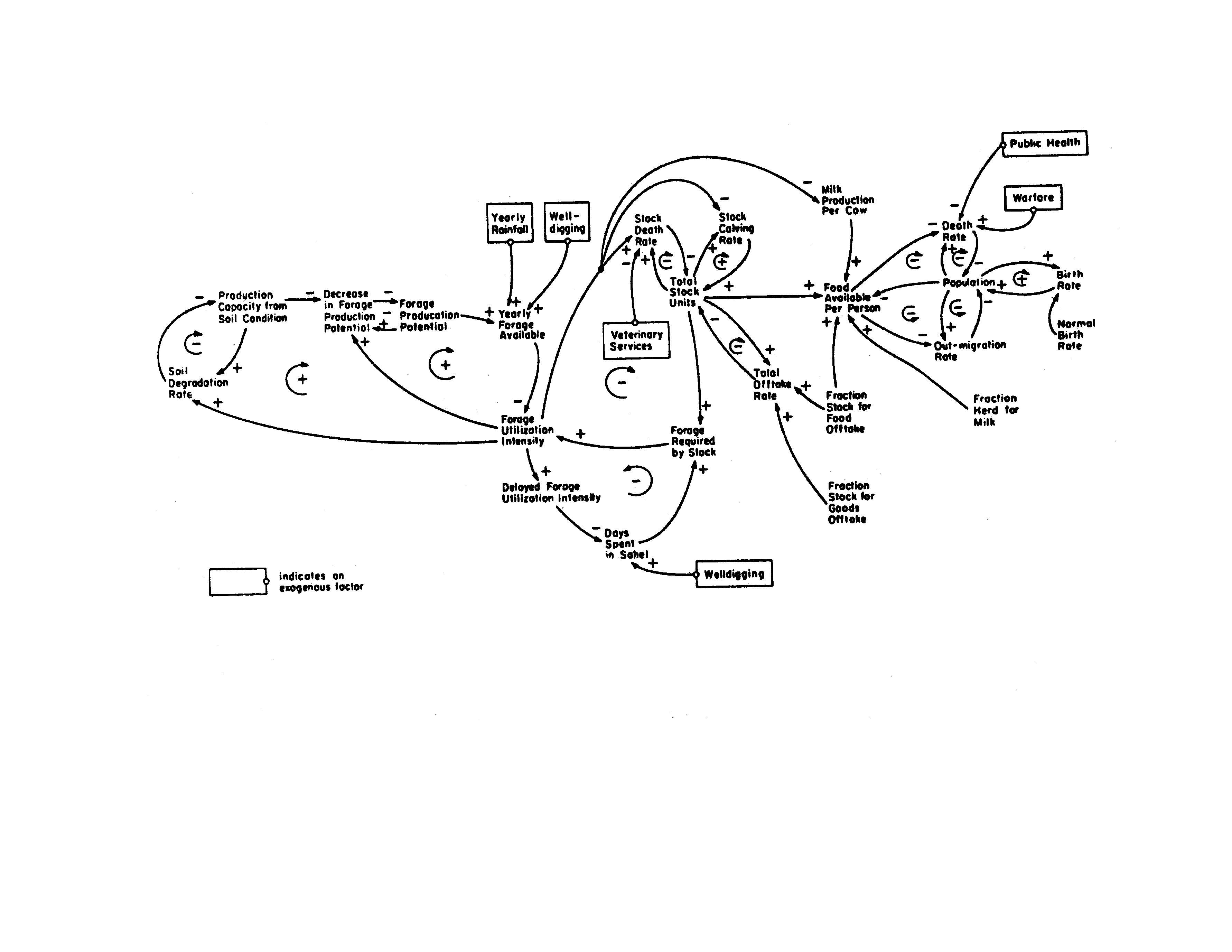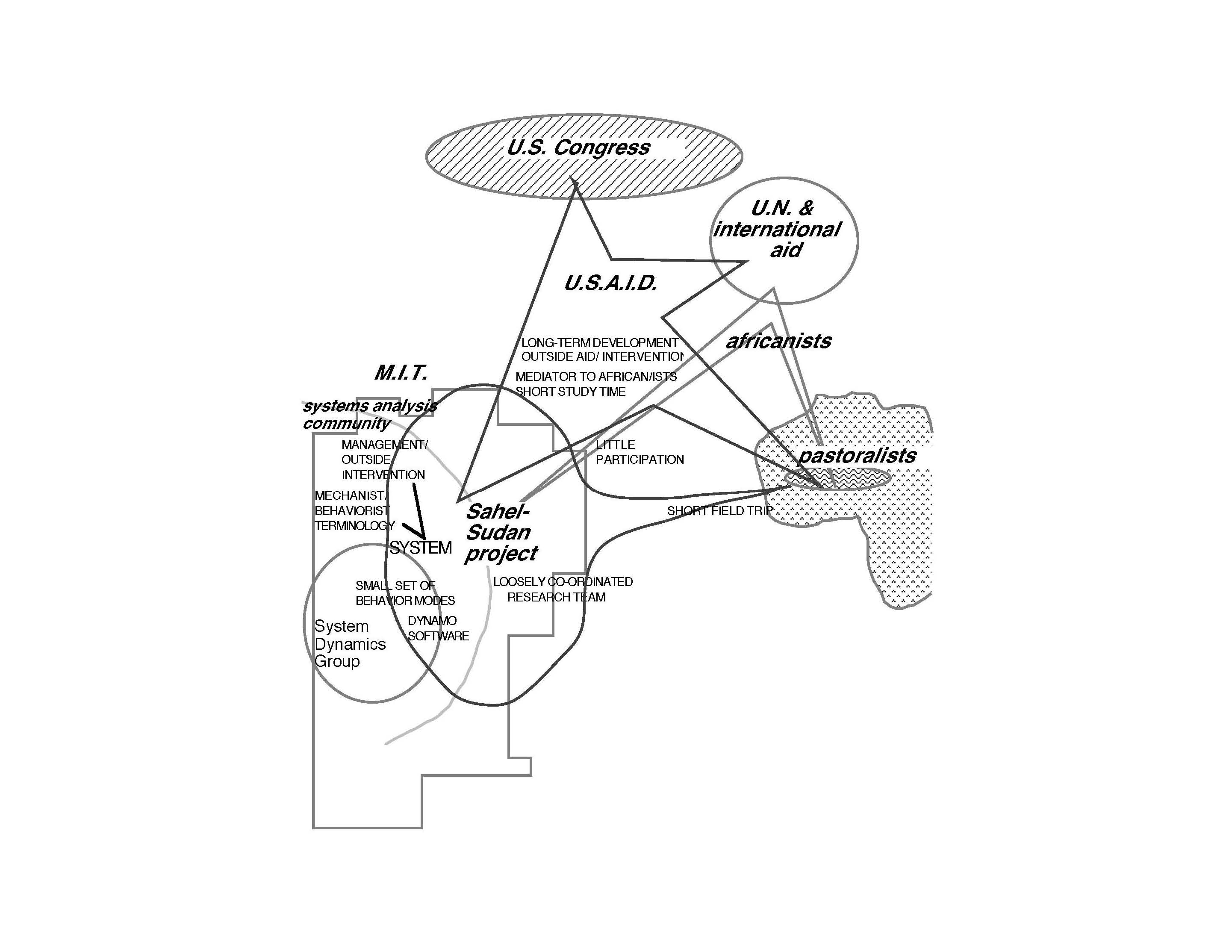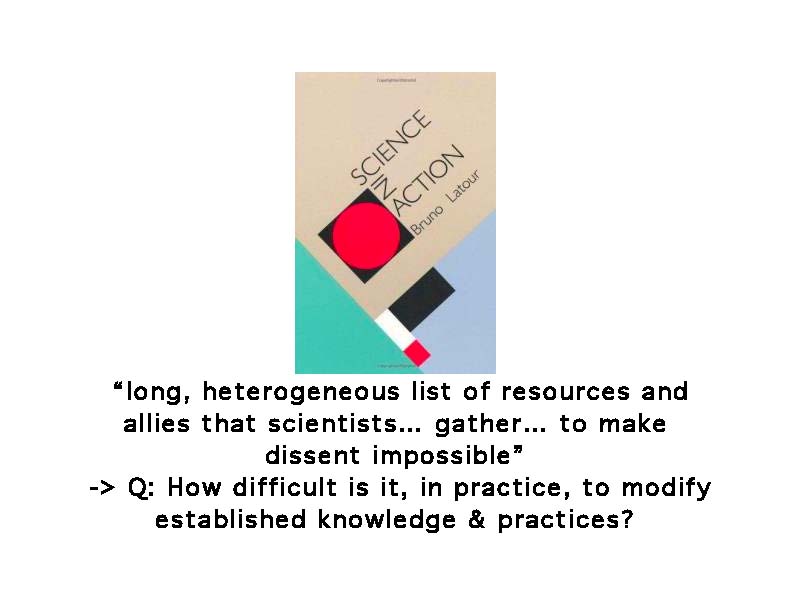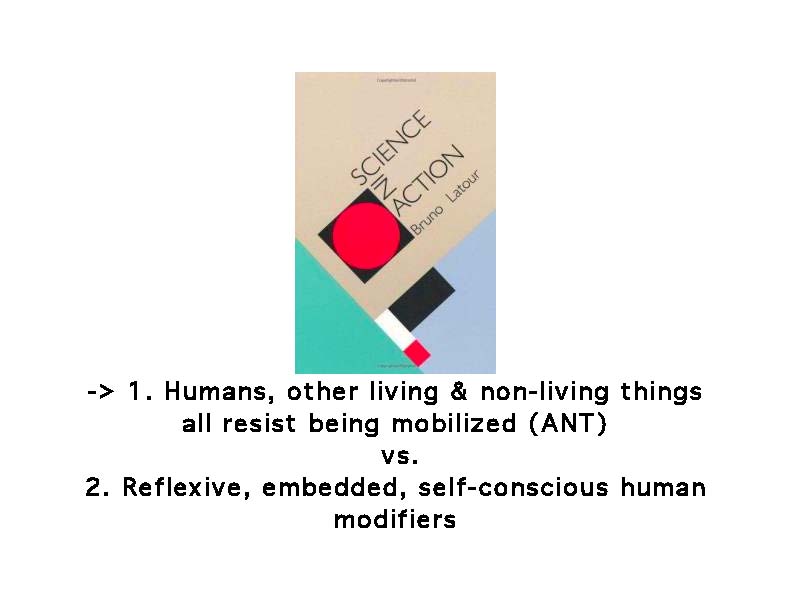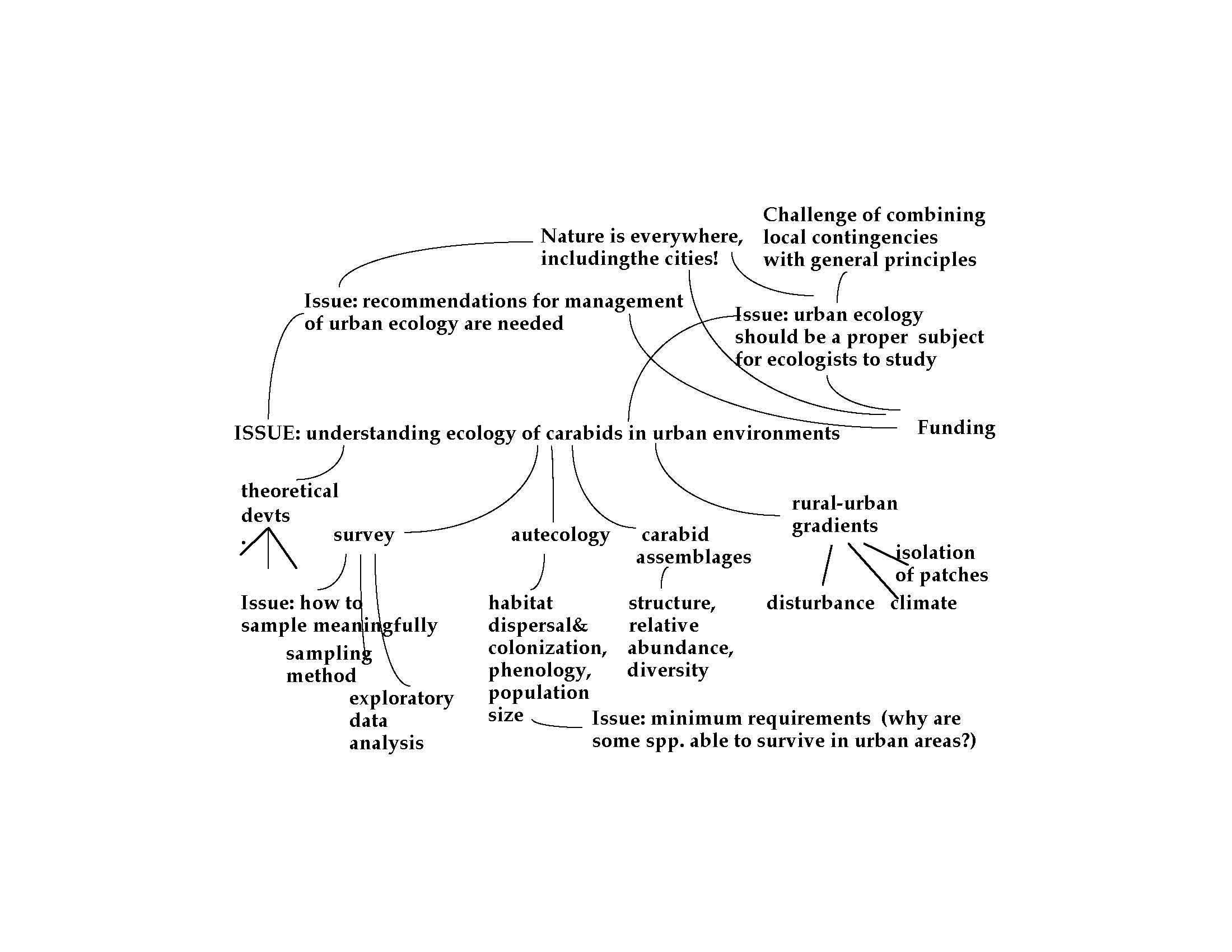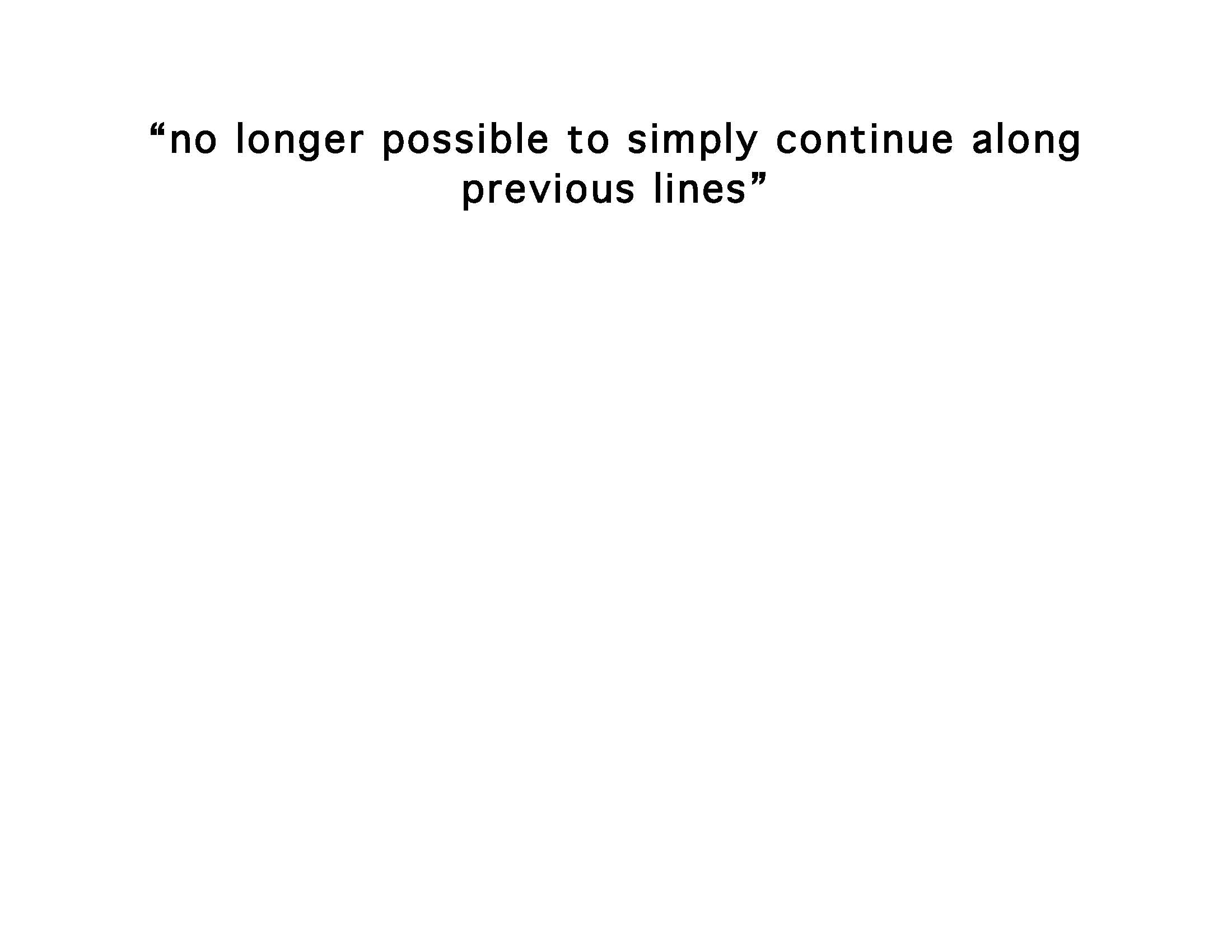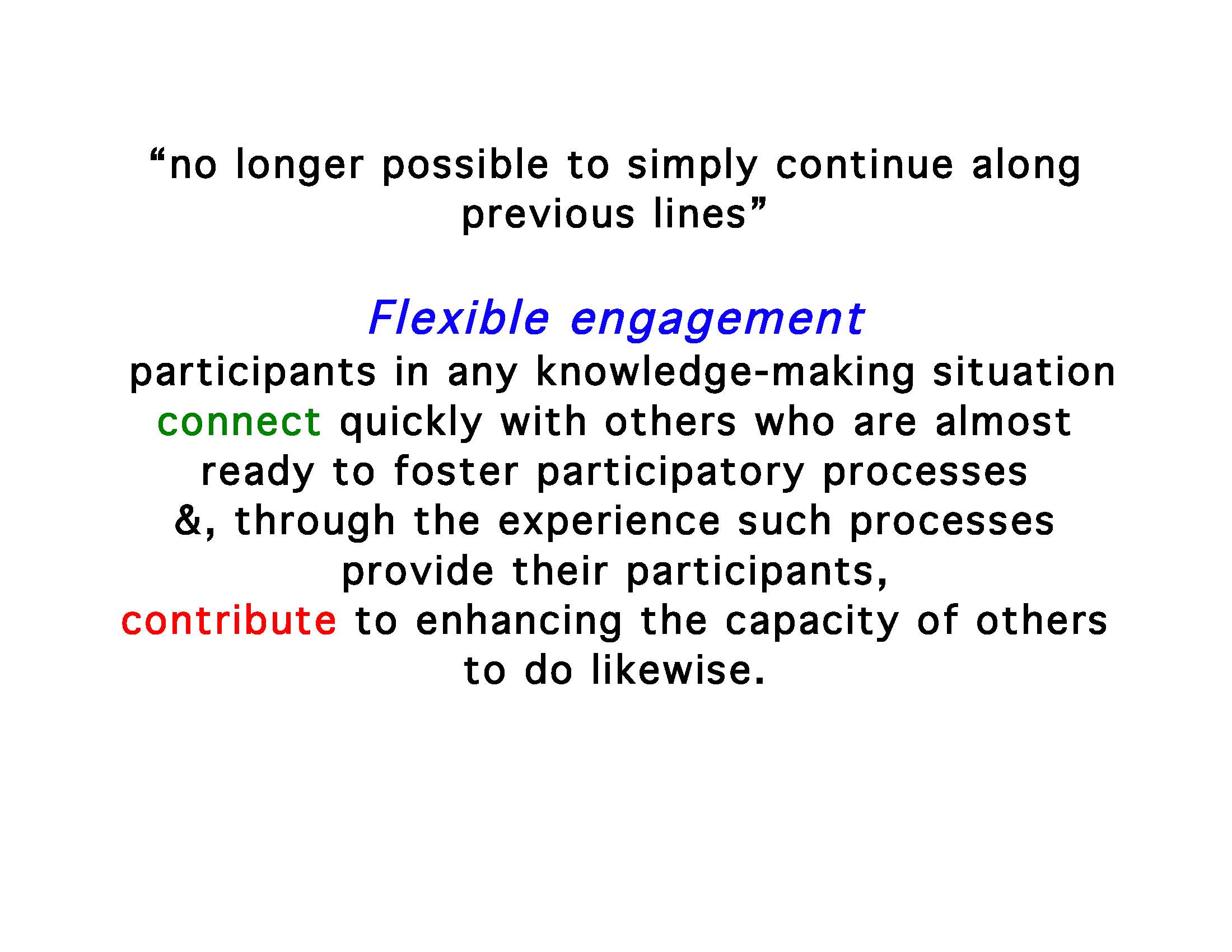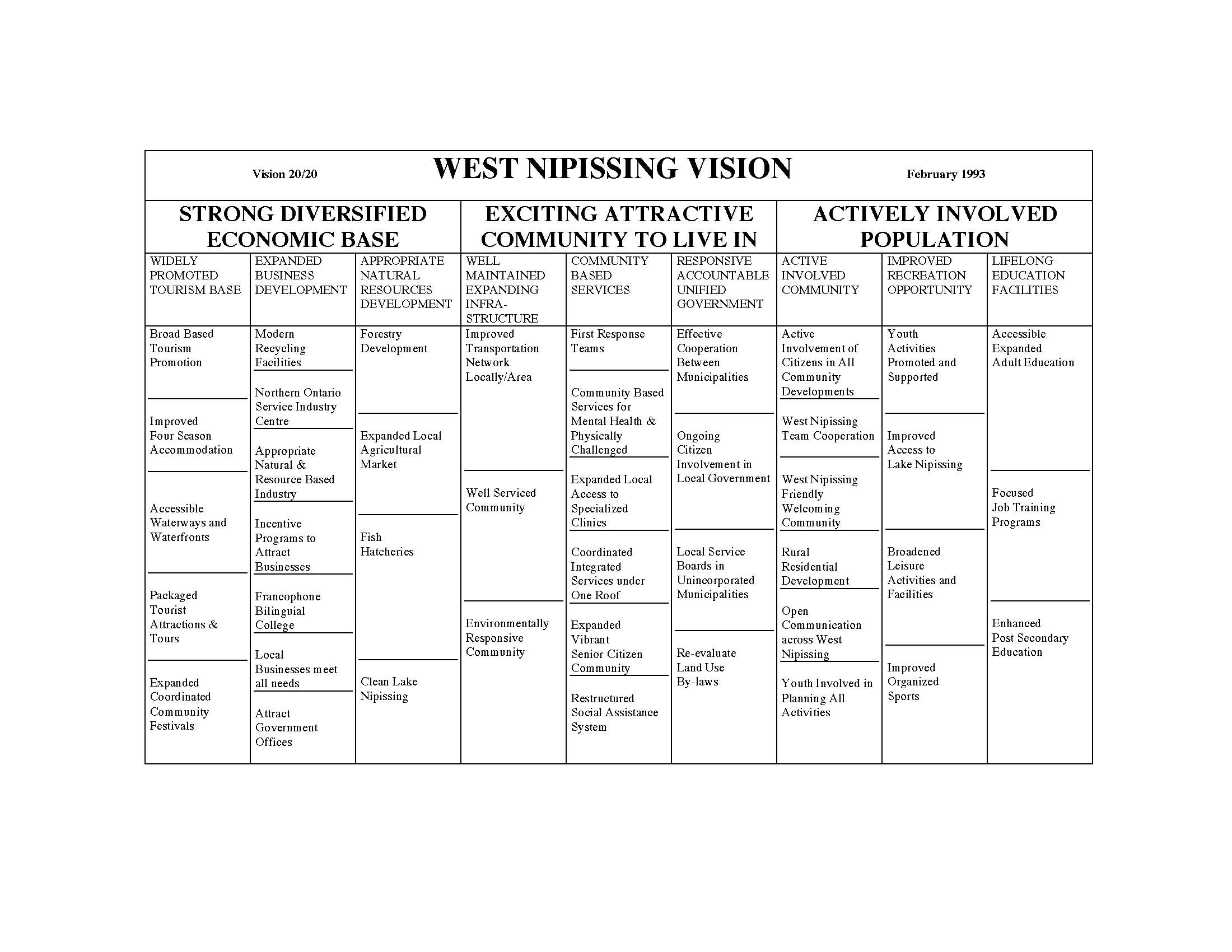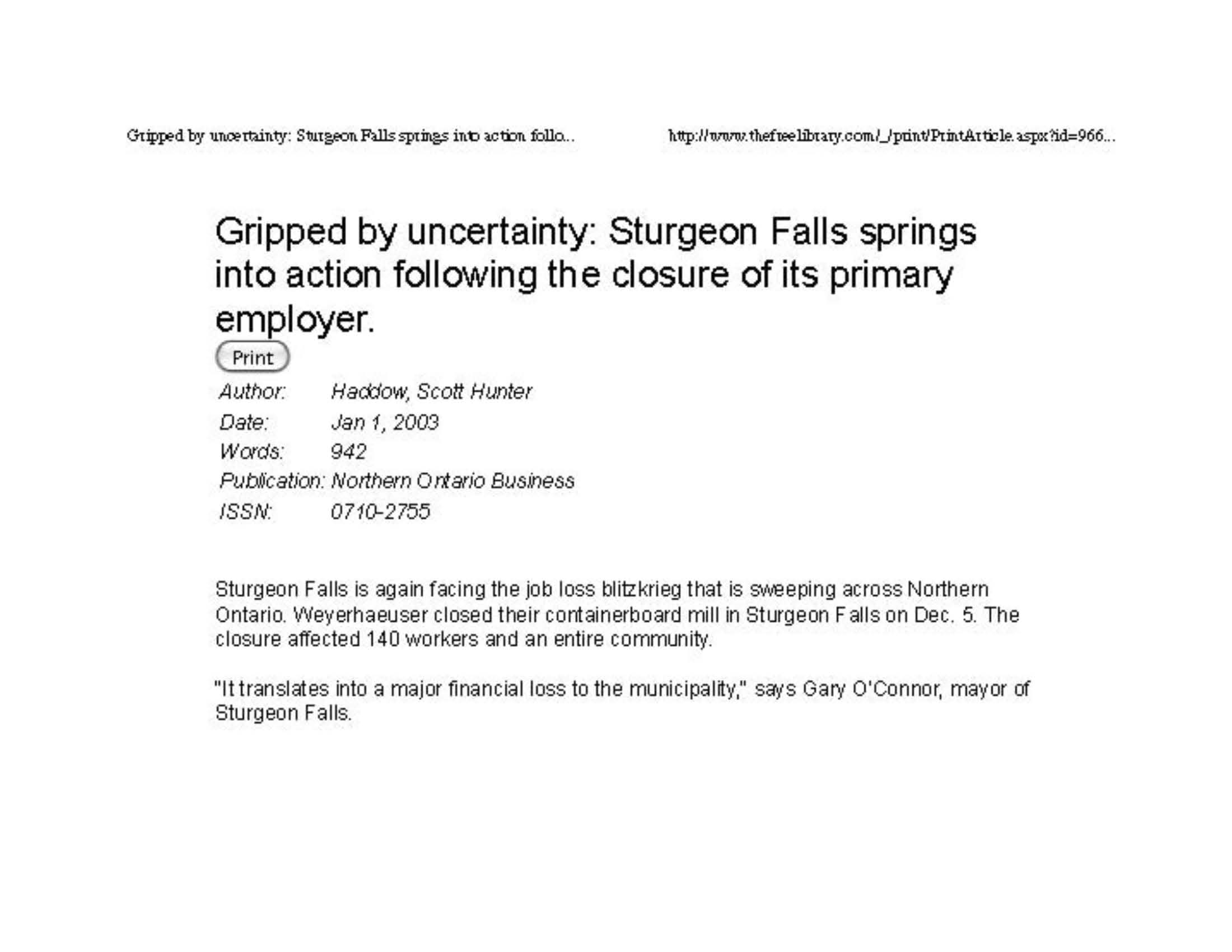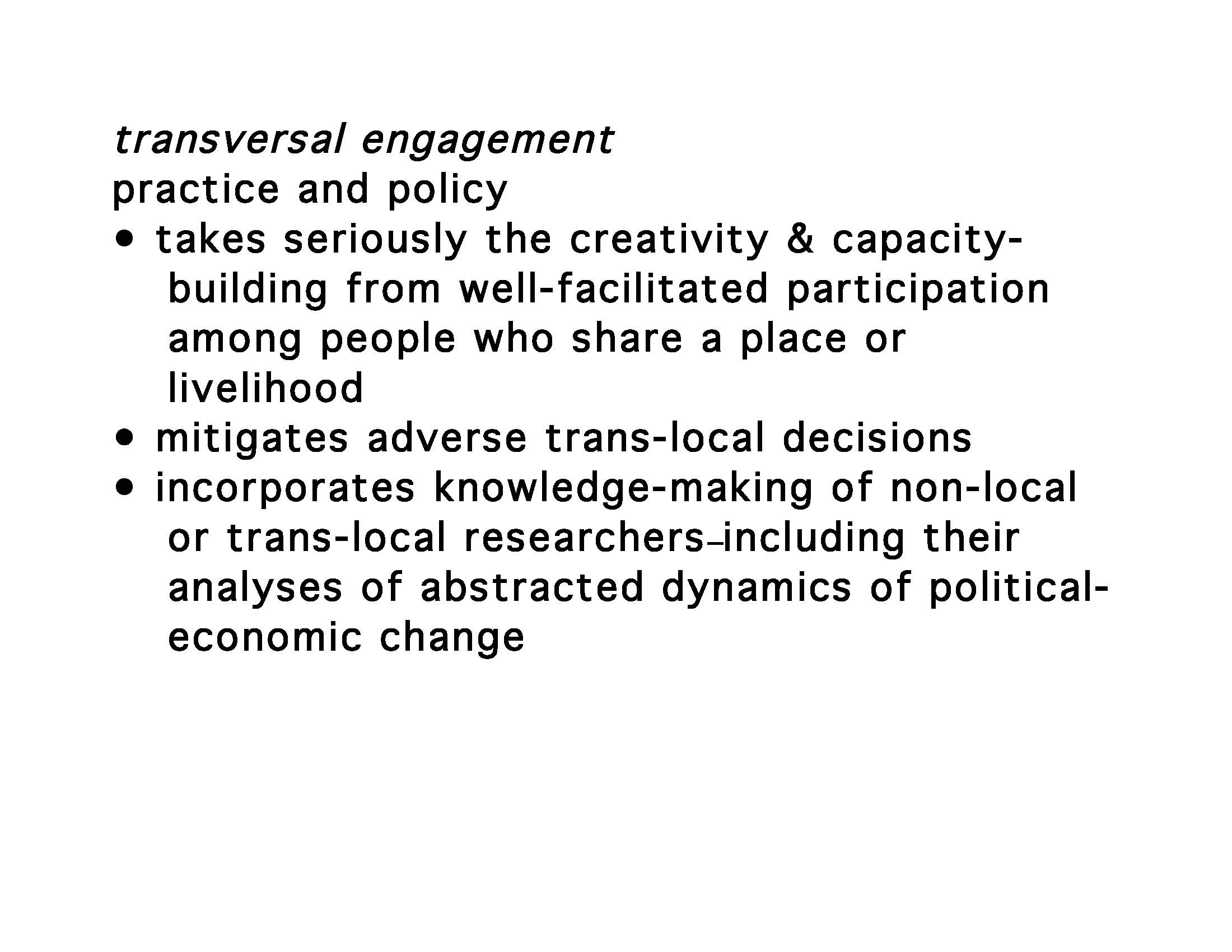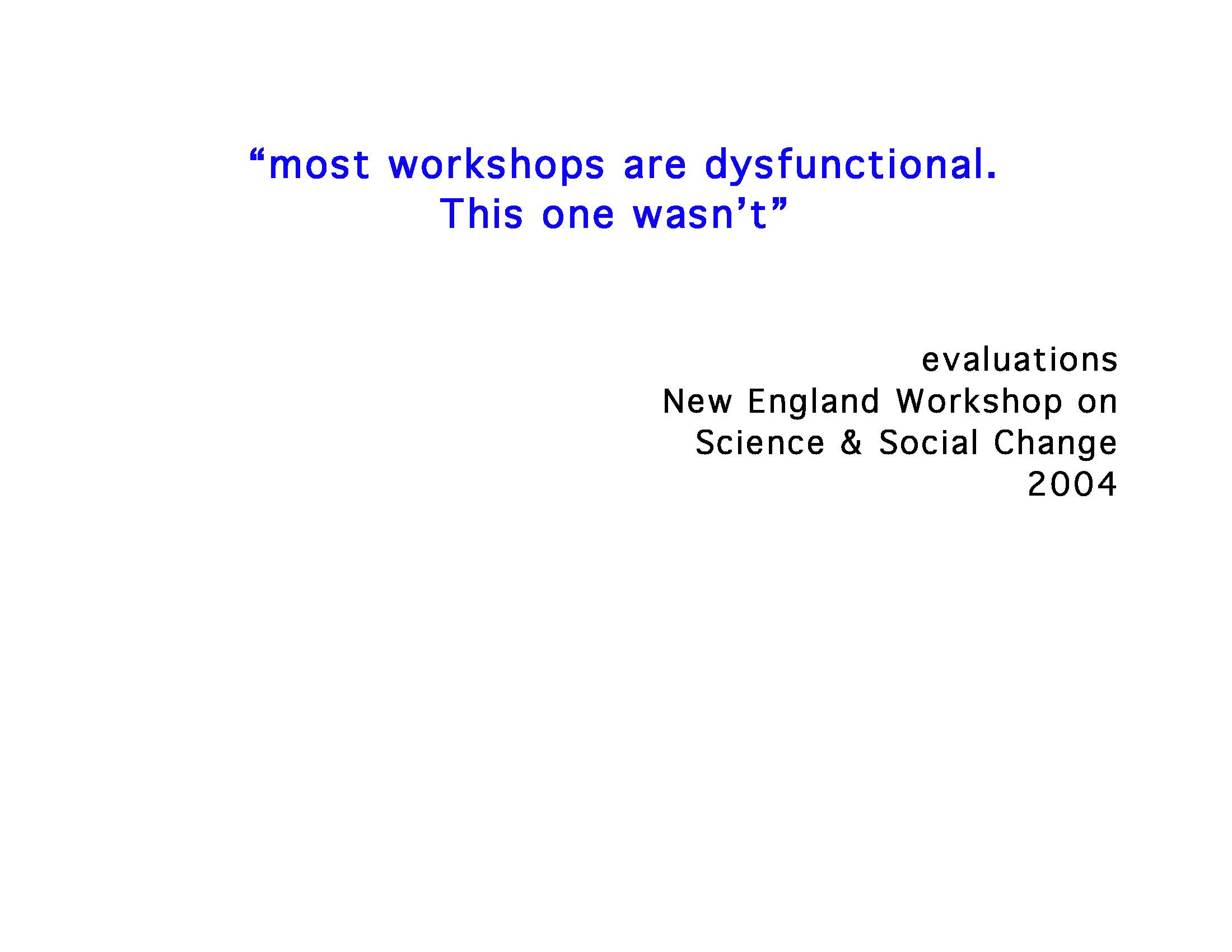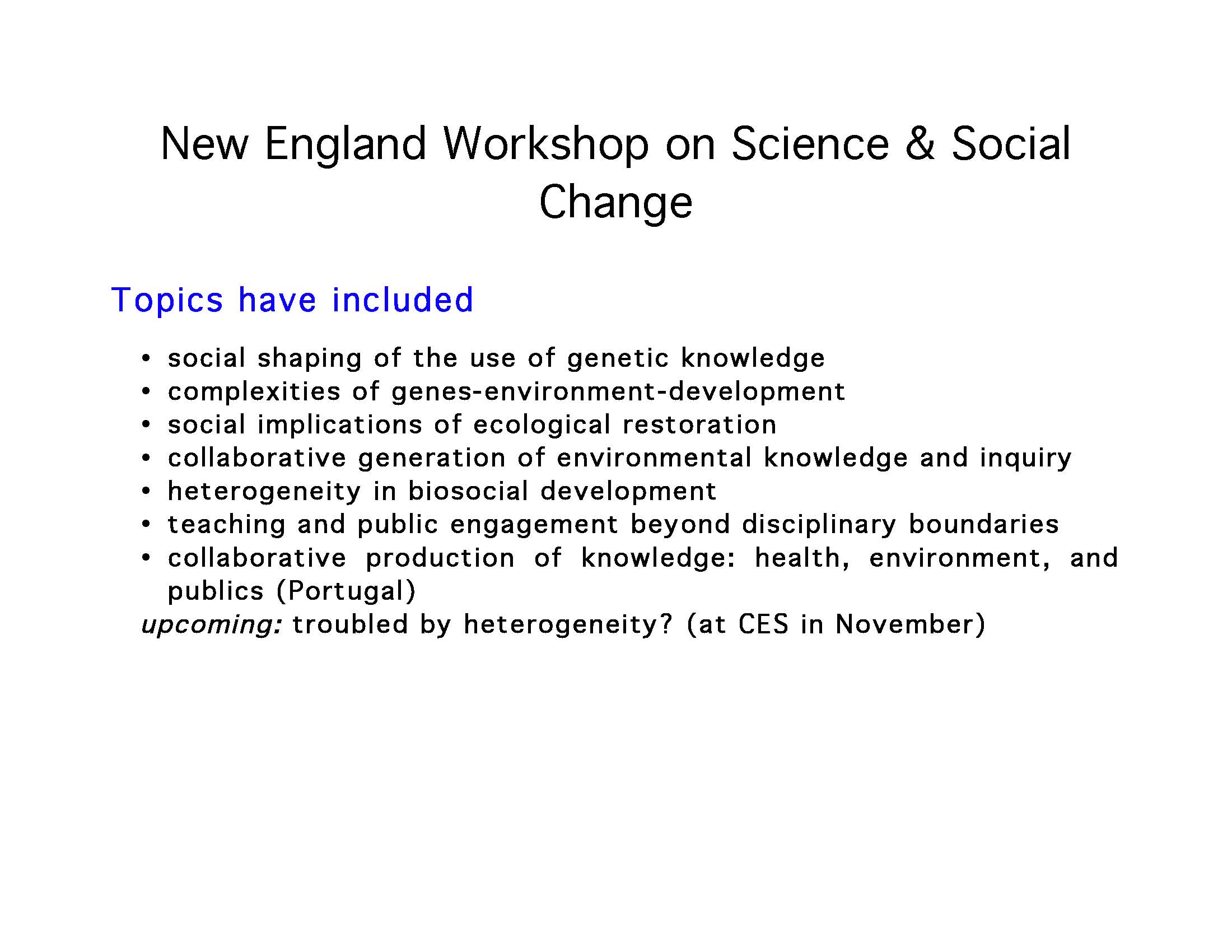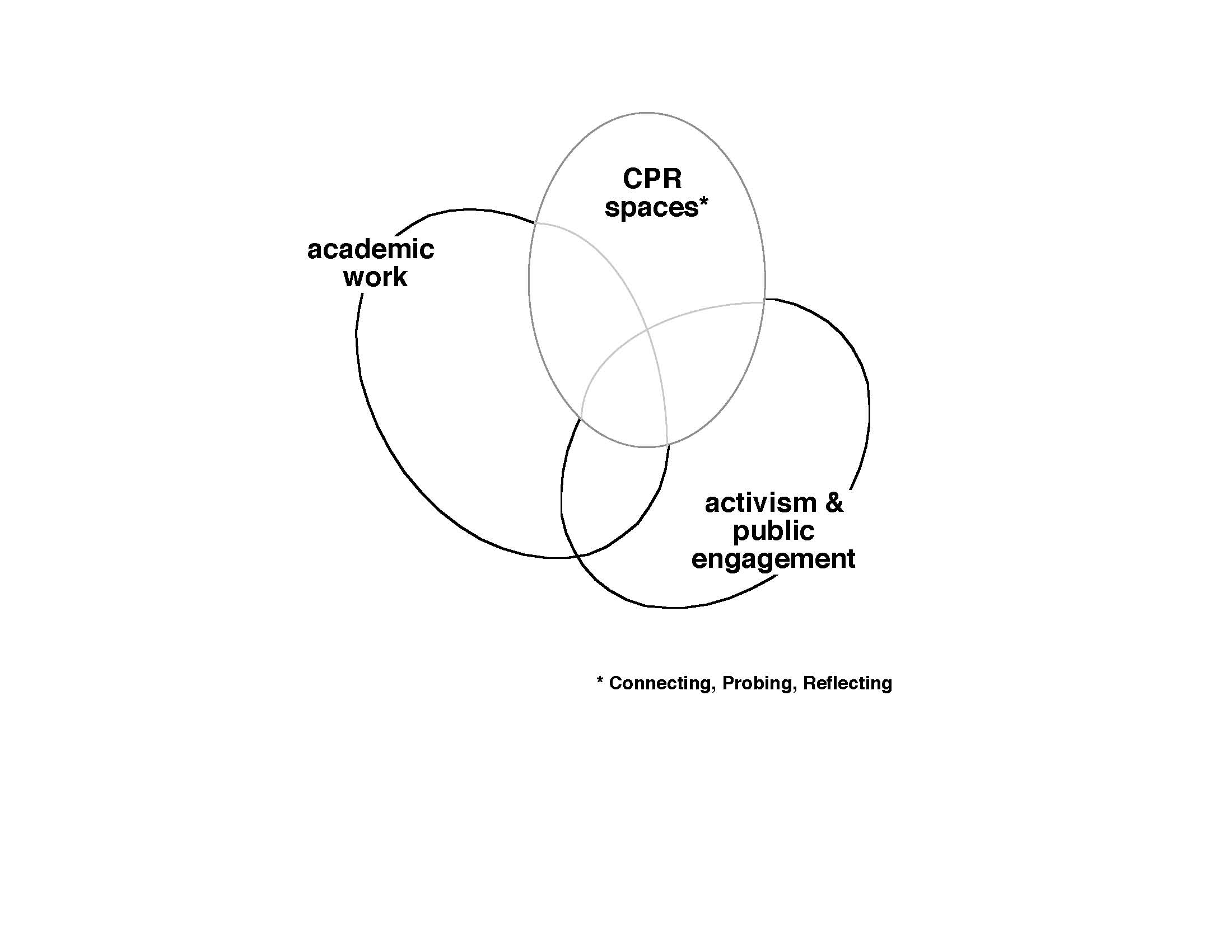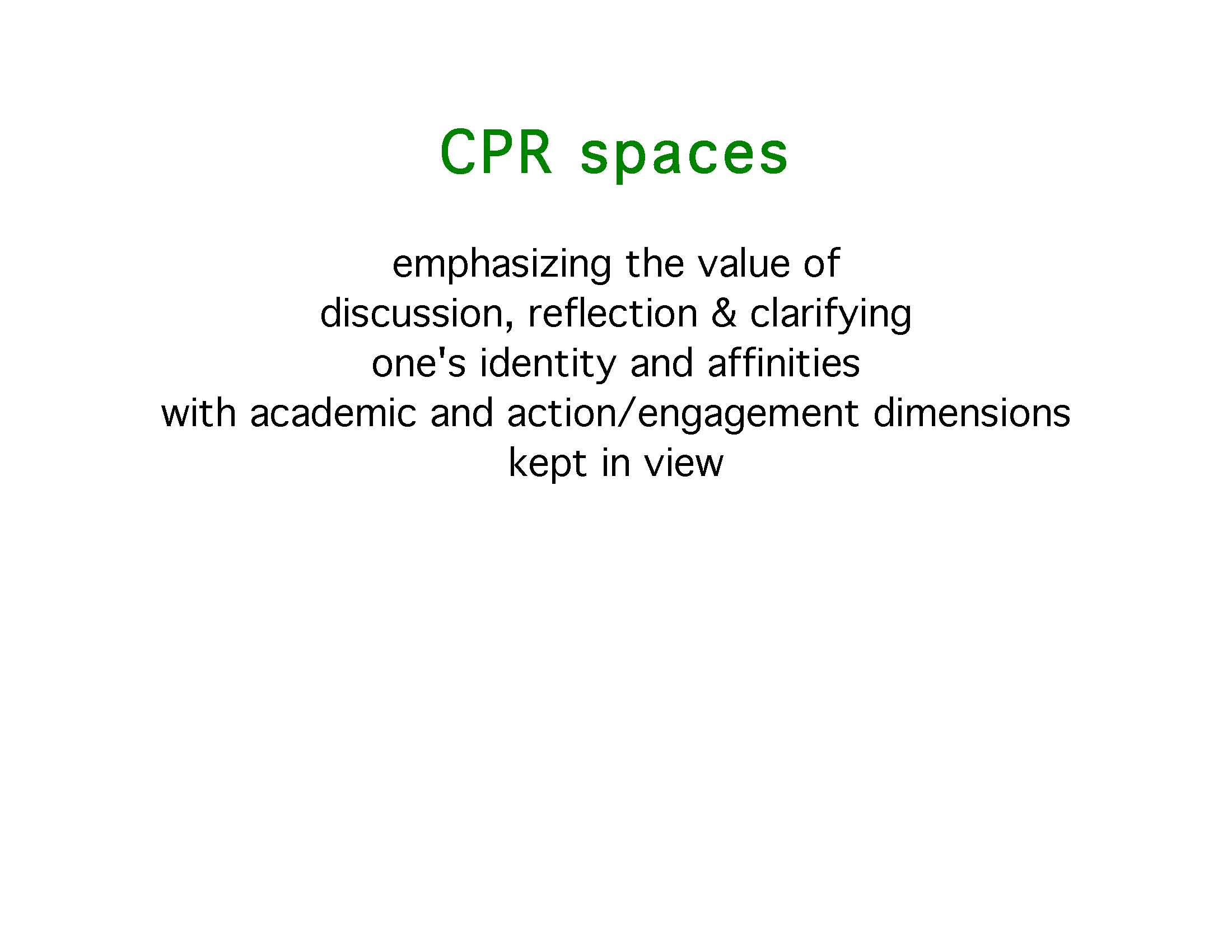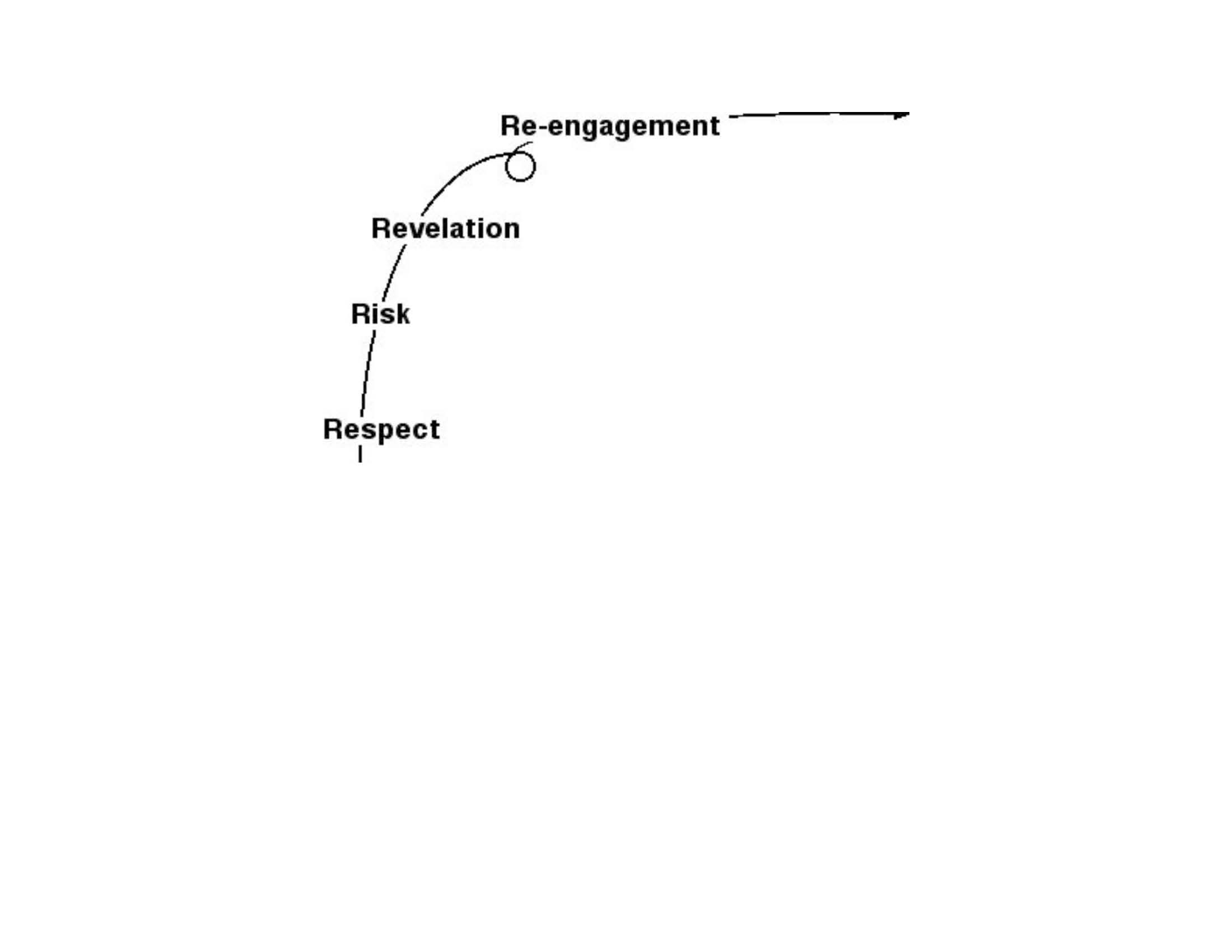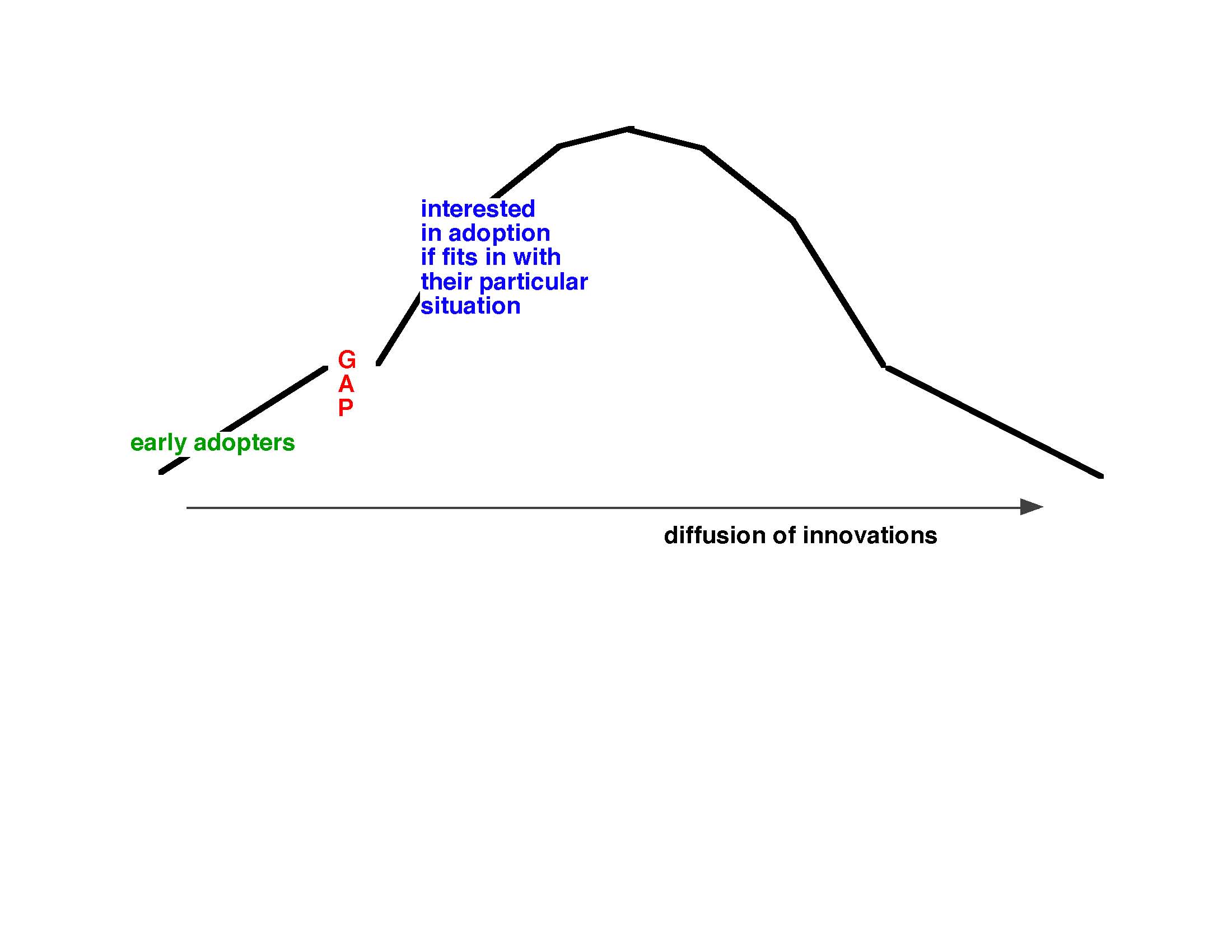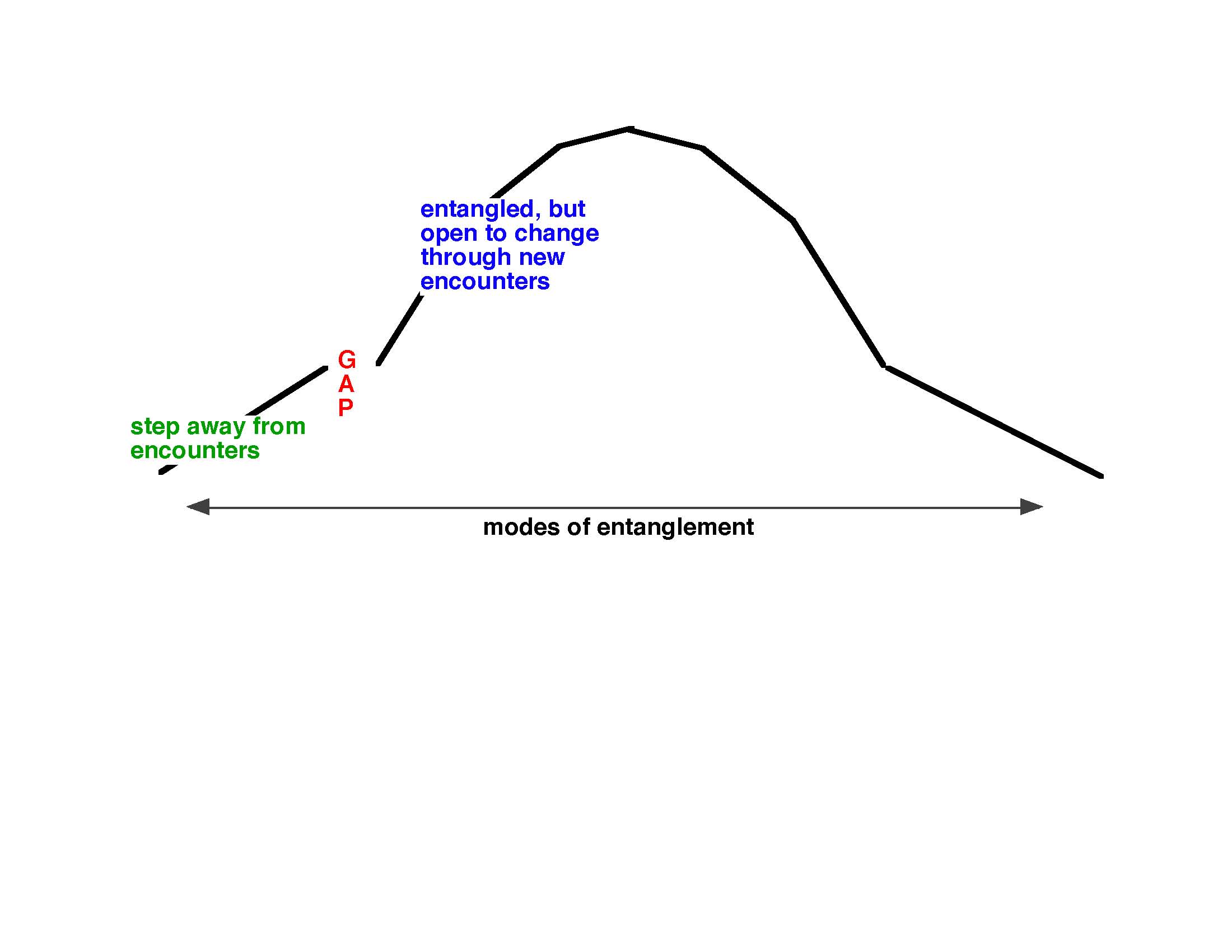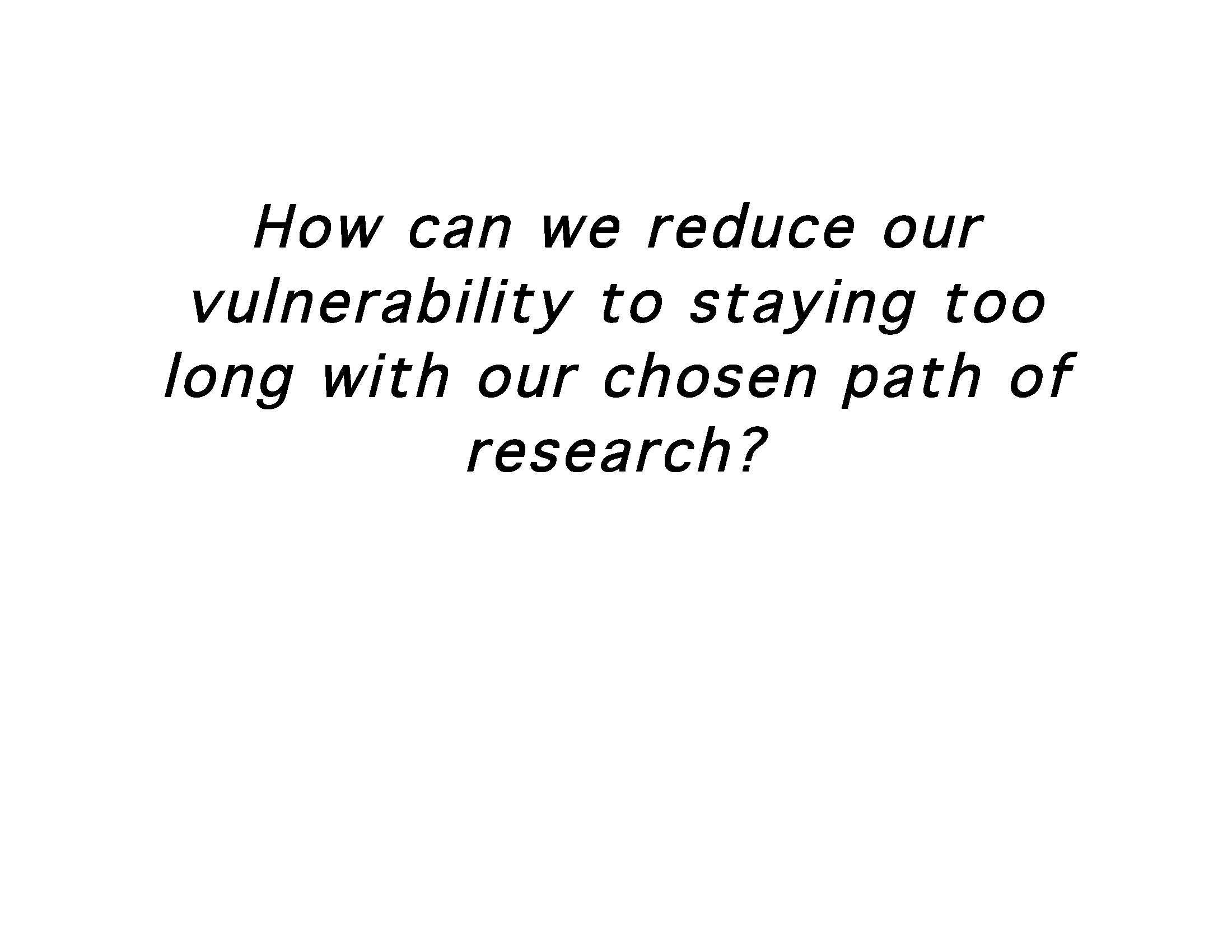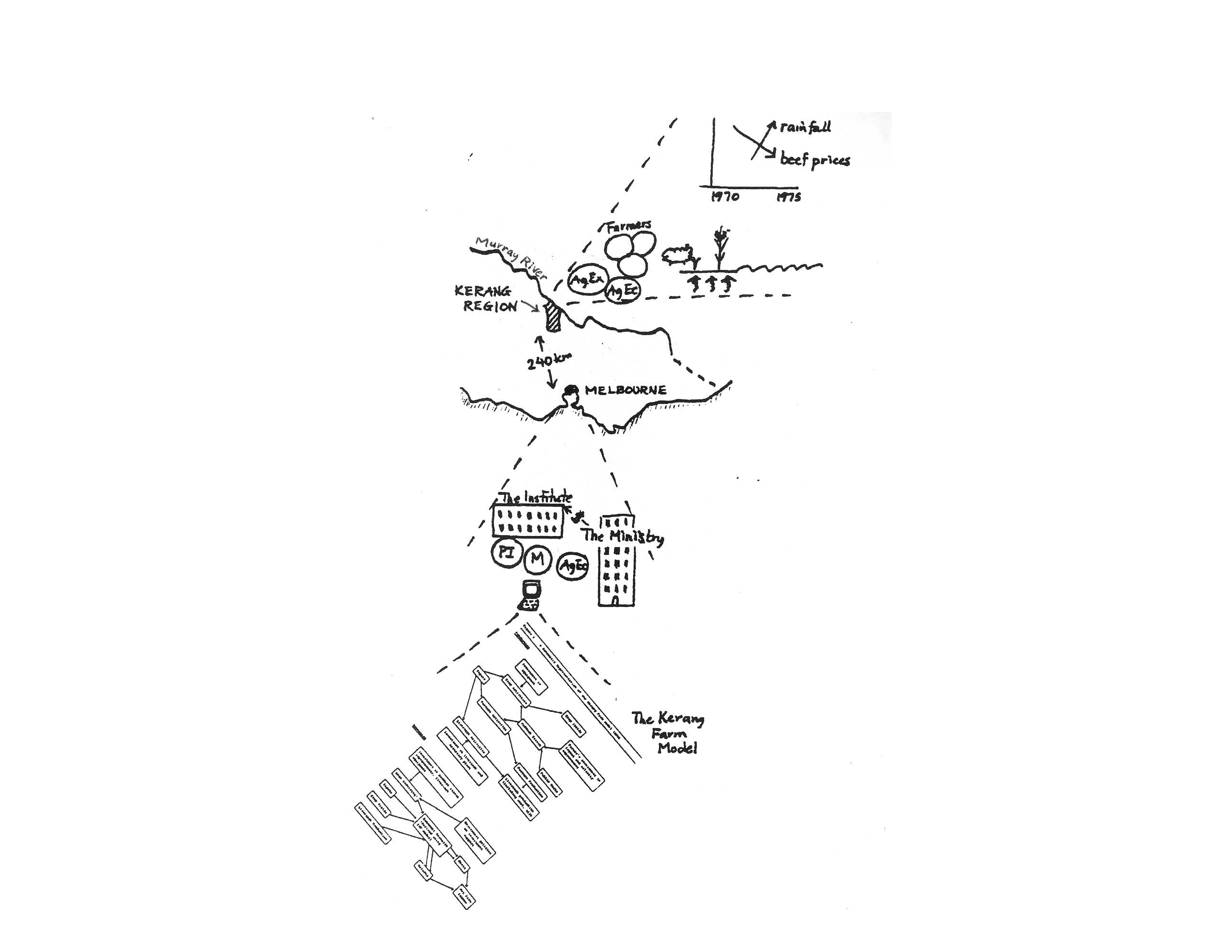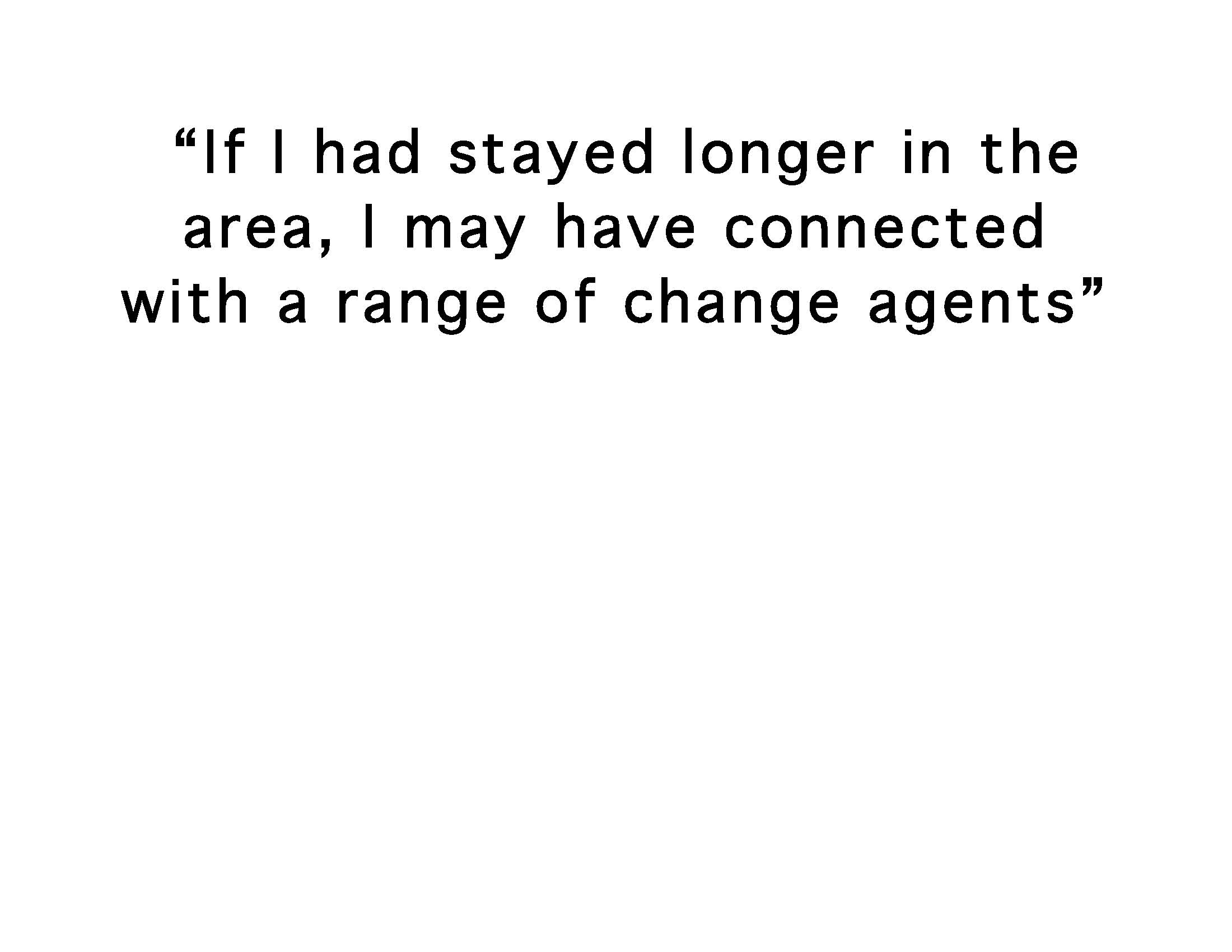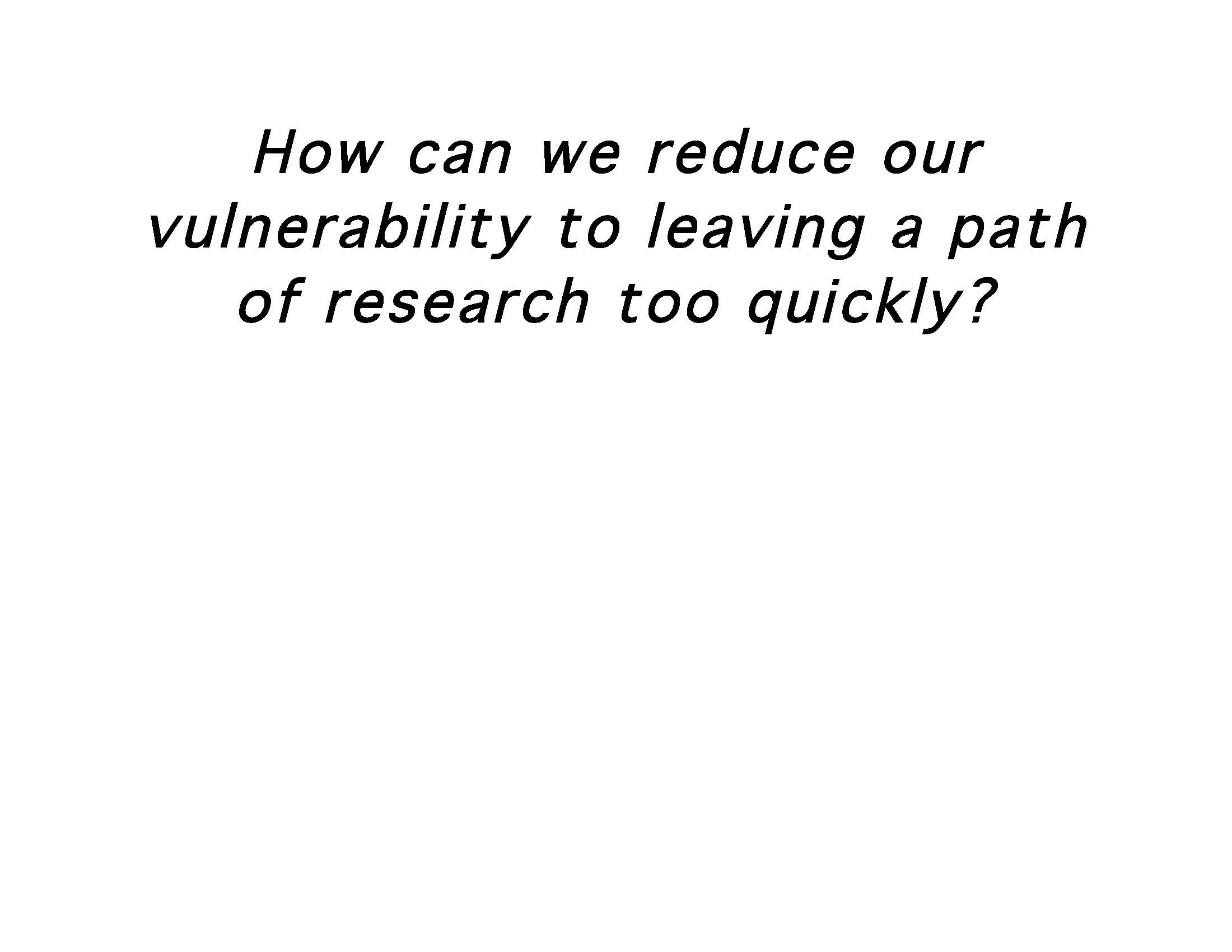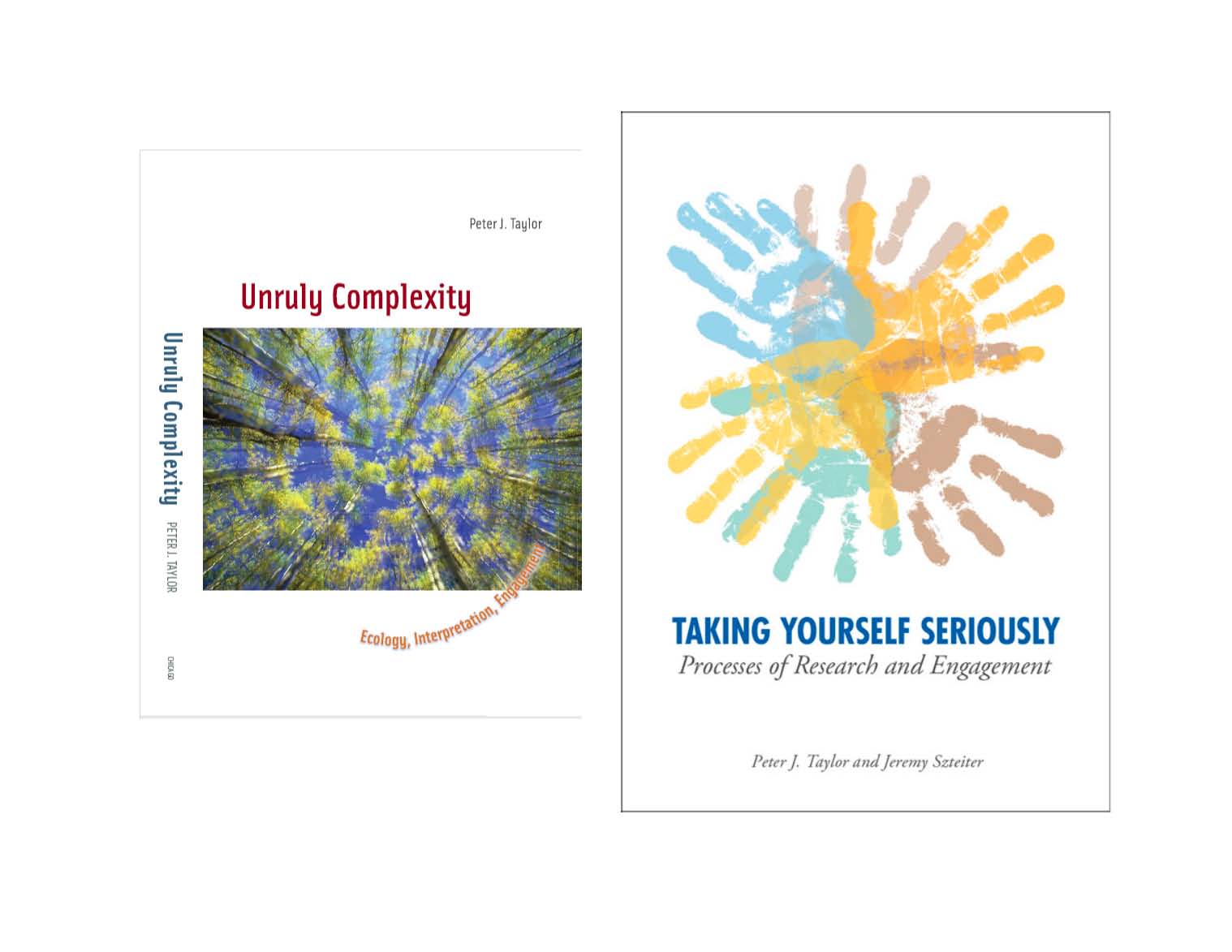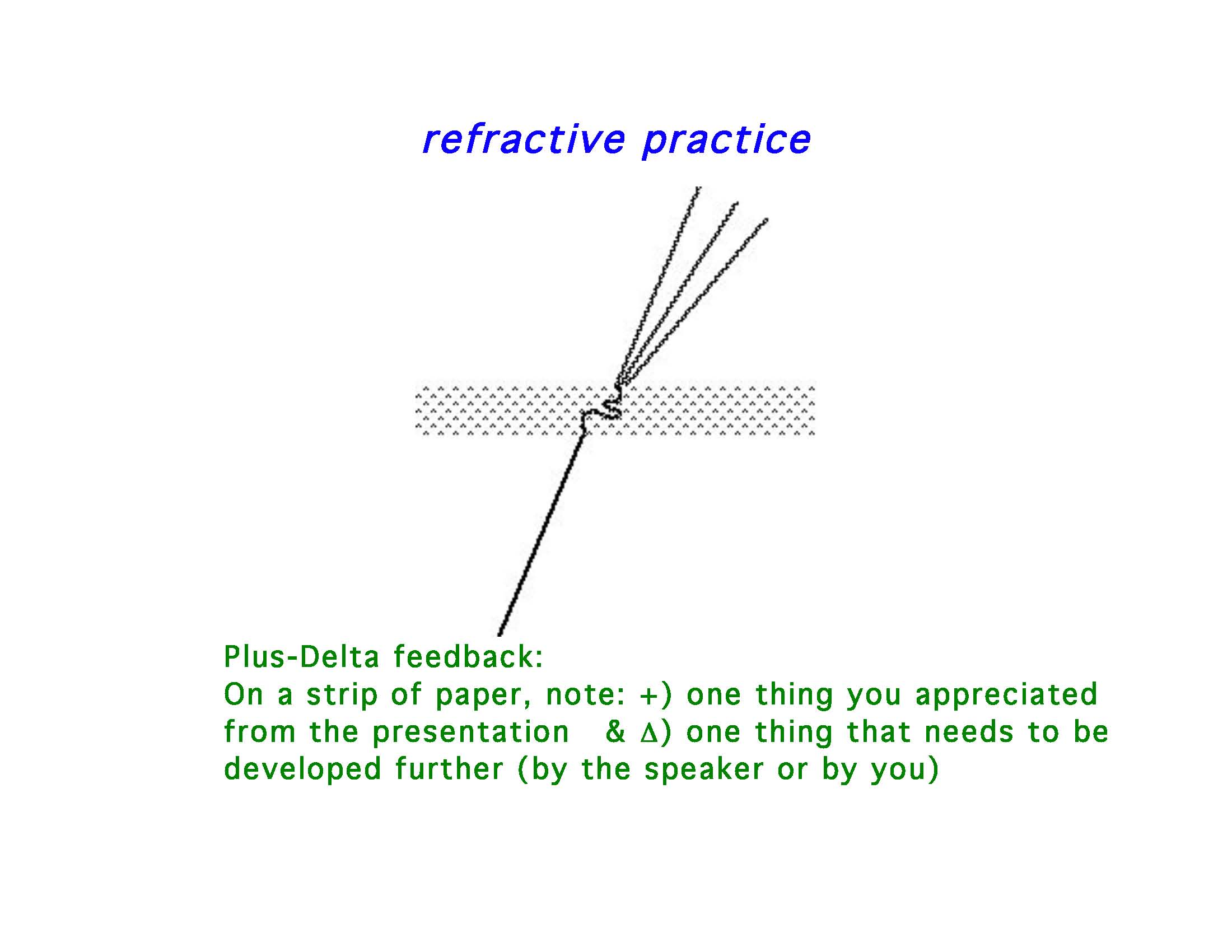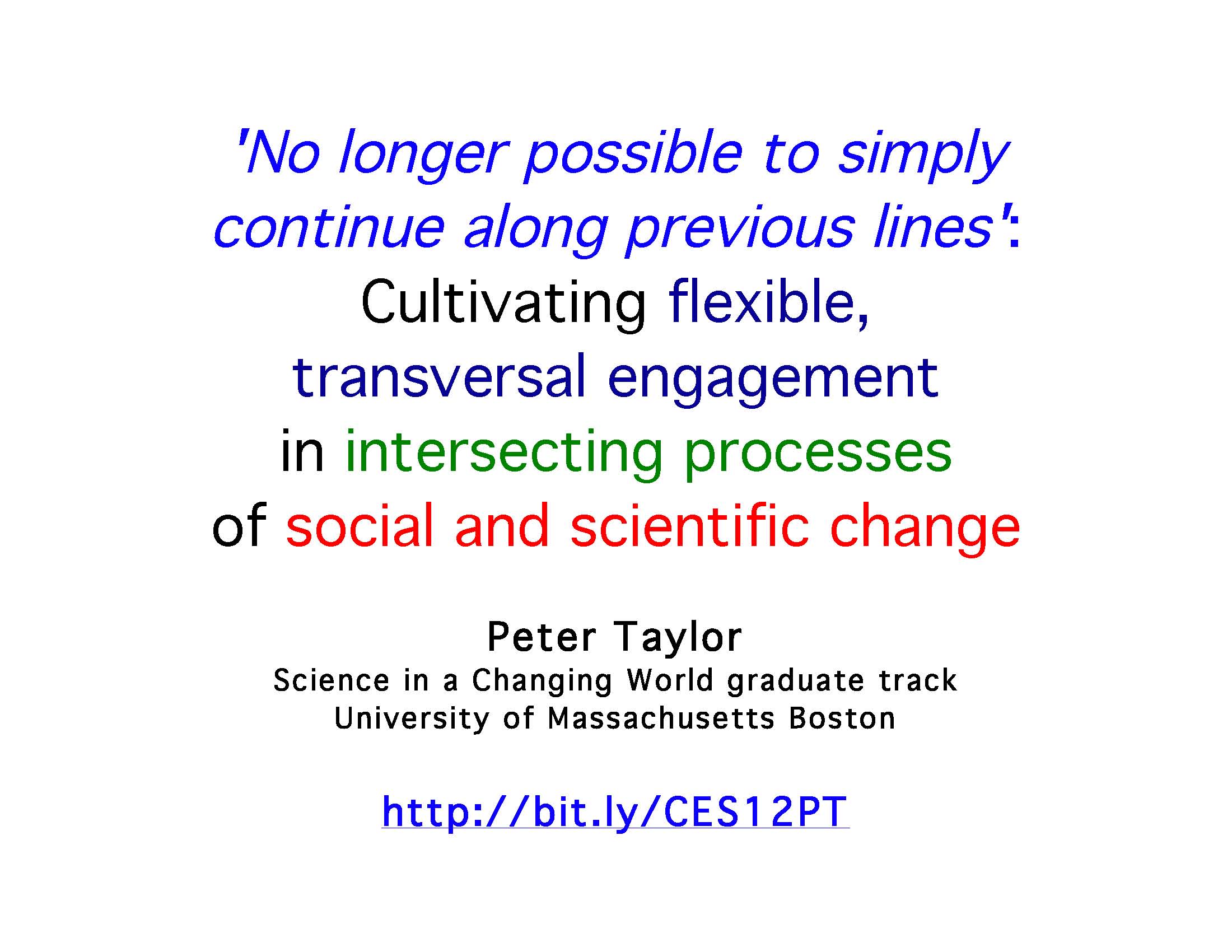
“I made the wrong turn 30 years ago,” remarked a senior researcher in the final session of a half-day workshop I led last year on creative thinking in epidemiology. (In brief, he had designed studies to use the newest technologies rather than to understand the larger context in which health issues rise and decline.) How can we reduce our vulnerability to staying too long with our chosen path of research? Two ideals to address that challenge are introduced in this lecture and illustrated with brief case presentations from socio-environmental studies, social studies of mental illness, and interdisciplinary workshops for reflective practice.
Changes in political-economics, environment, population health, science—from soil erosion and disease incidence to establishing new knowledge—can be seen as the outcome of intersecting processes operating across different spatial and temporal scales, transgressing the boundaries of the situation under consideration and restructuring its "internal" dynamics. Analysis of such processes exposes diverse sites of engagement. In this light, transversal engagement is an ideal, in which practice and policy
a) takes seriously the creativity and capacity-building that seems to follow from well-facilitated participation among people who share a place or livelihood;
b) mitigates adverse trans-local decisions, such as those made in governments and corporations operating on a larger spatial and temporal arena; and
c) incorporates the knowledge-making of non-local or trans-local researchers—people who did not share experience of and commitment to livelihood in one place—including their analyses of abstracted dynamics of political-economic change.
Flexible engagement is a complementary ideal in which participants in any knowledge-making situation connect quickly with others who are almost ready to foster participatory processes and, through the experience such processes provide their participants, contribute to enhancing the capacity of others to do likewise.
New CES doctoral students will be encouraged to connect these ideals with their own interests in knowledge-making and social engagement—and to question the picture presented in the lecture.
